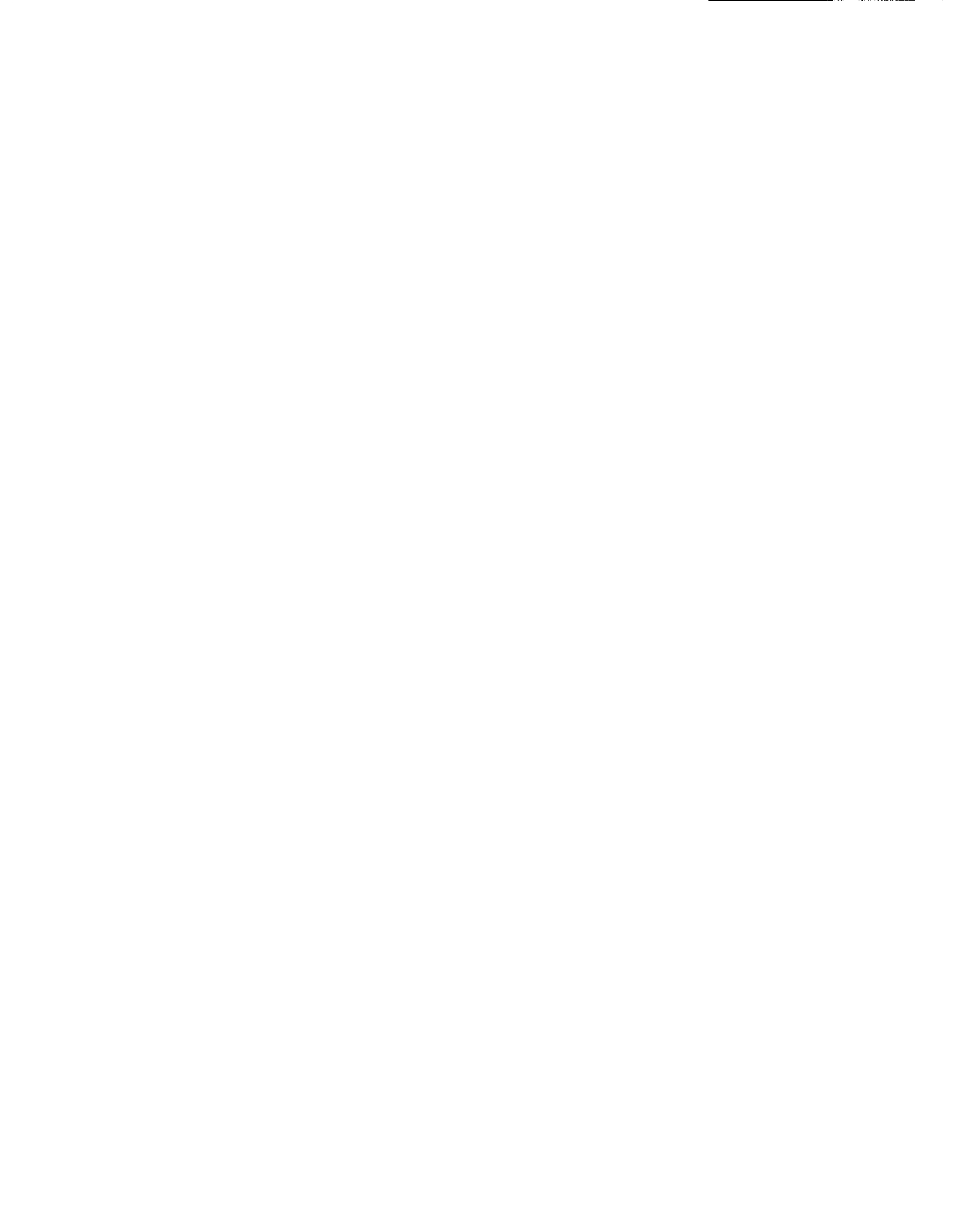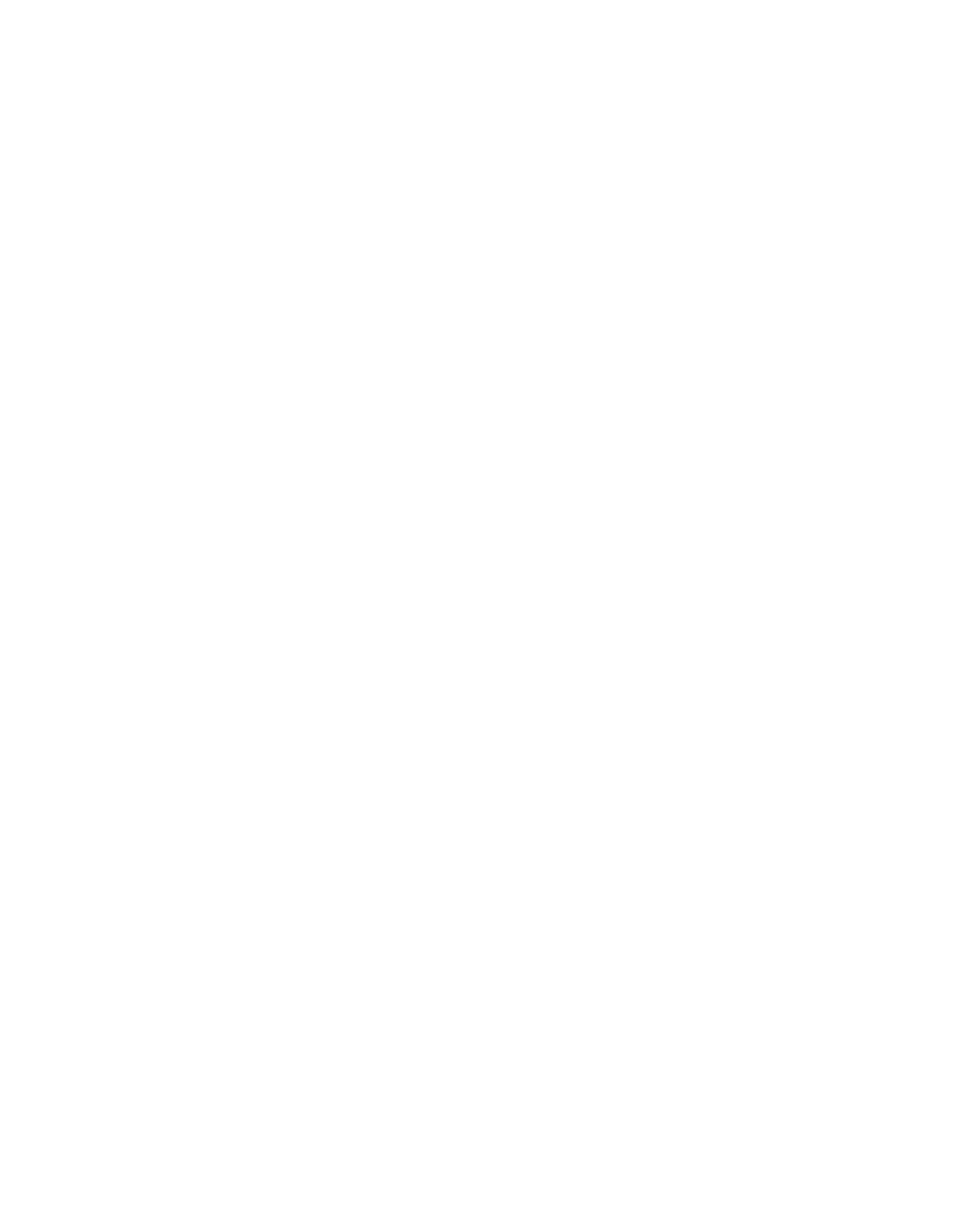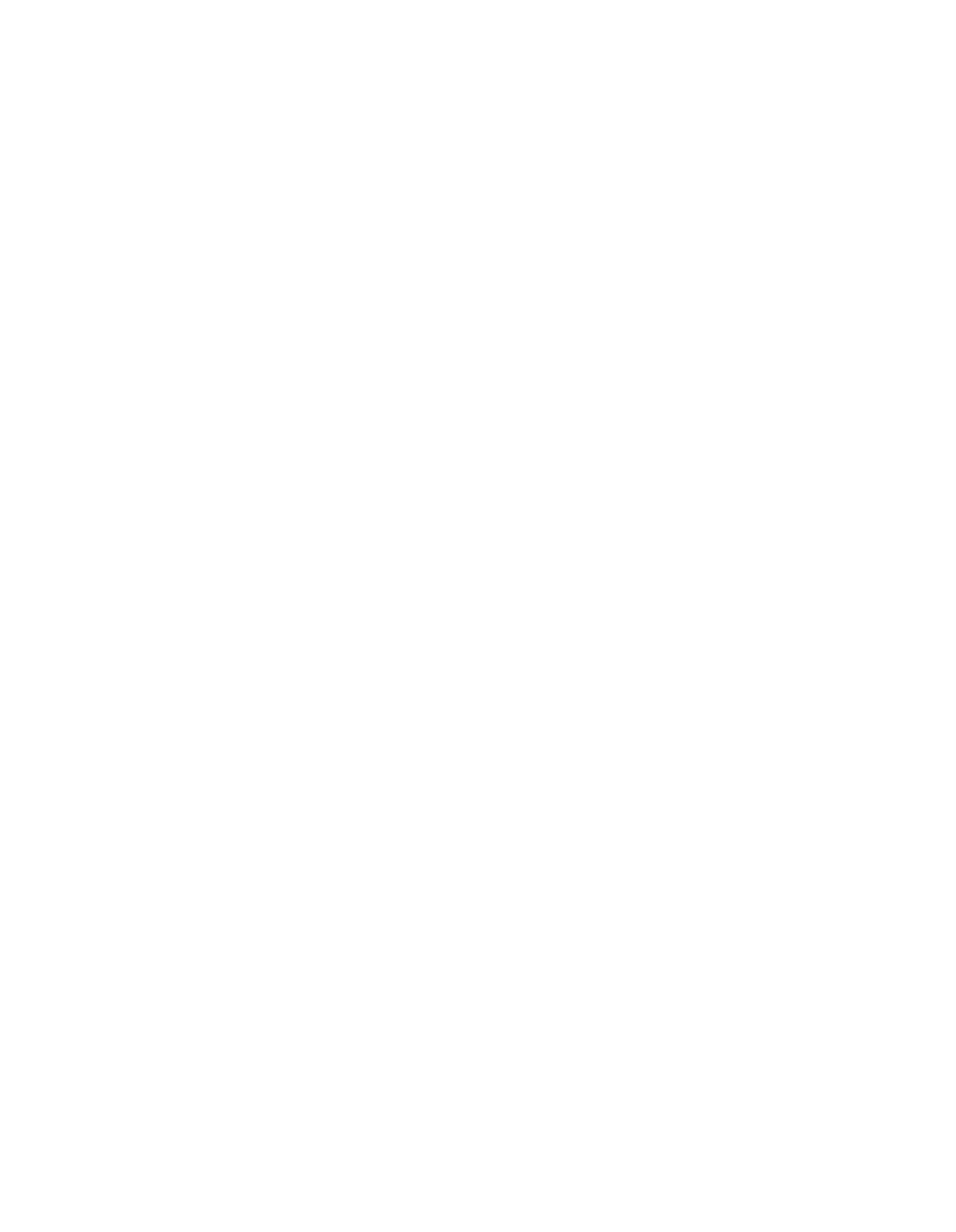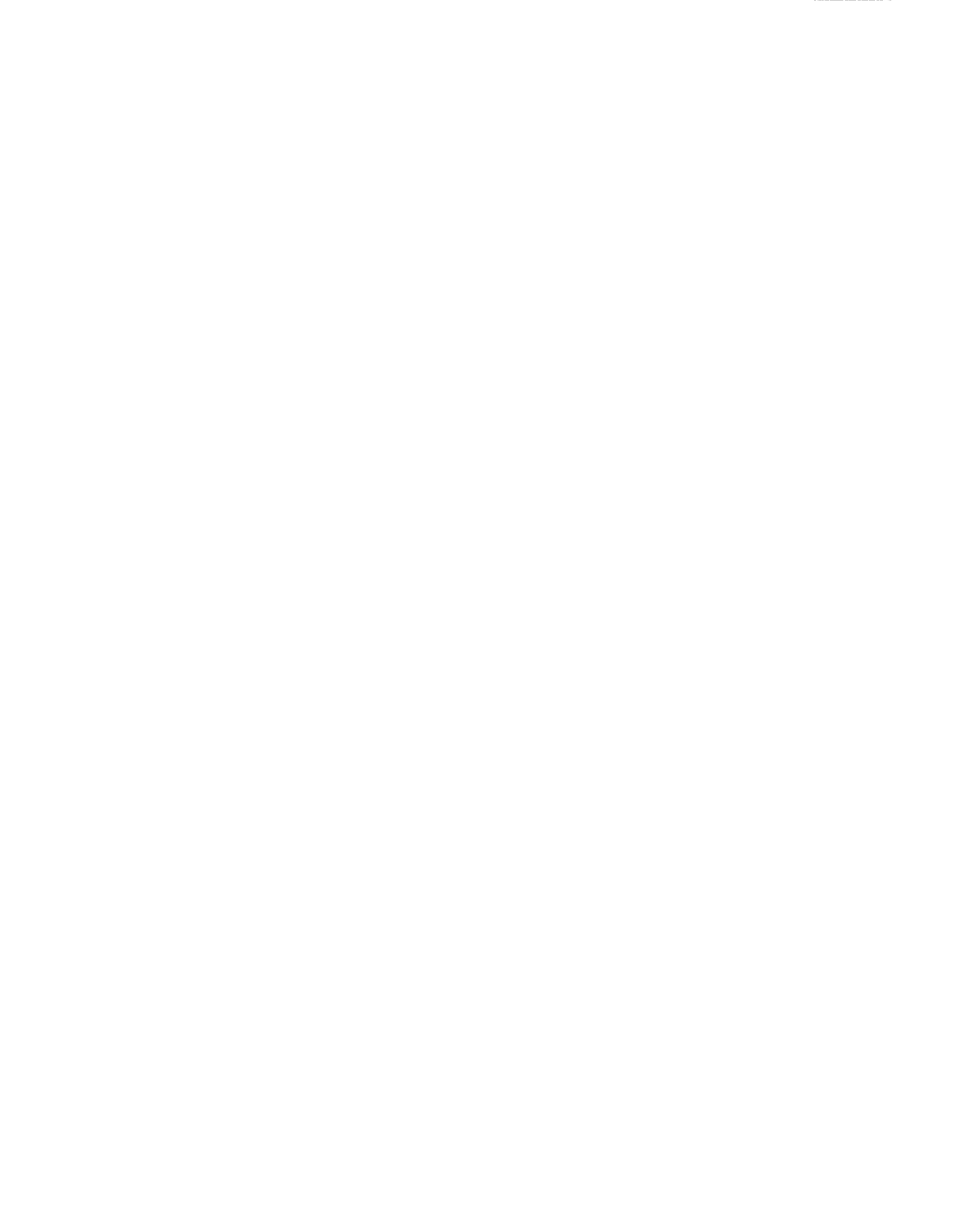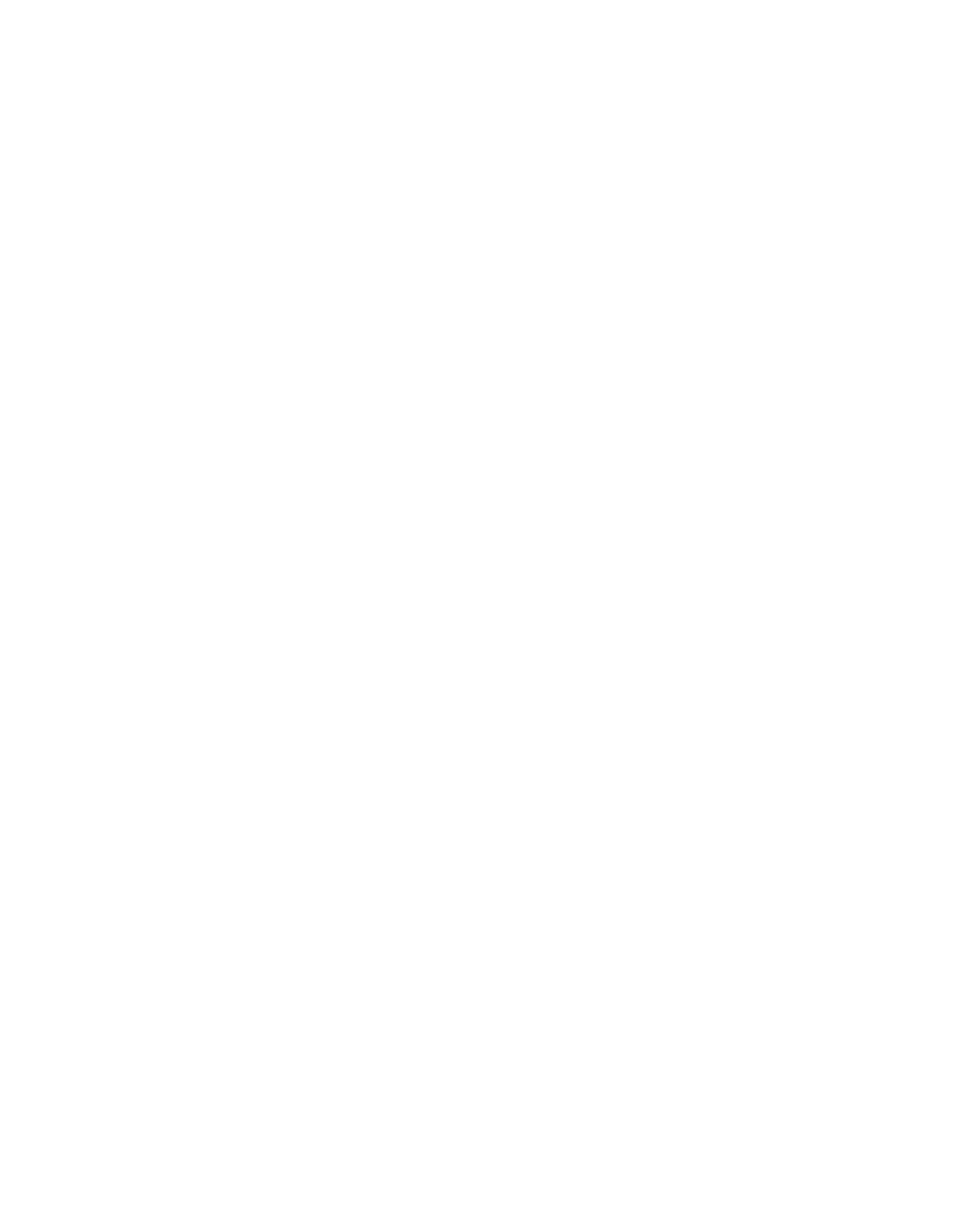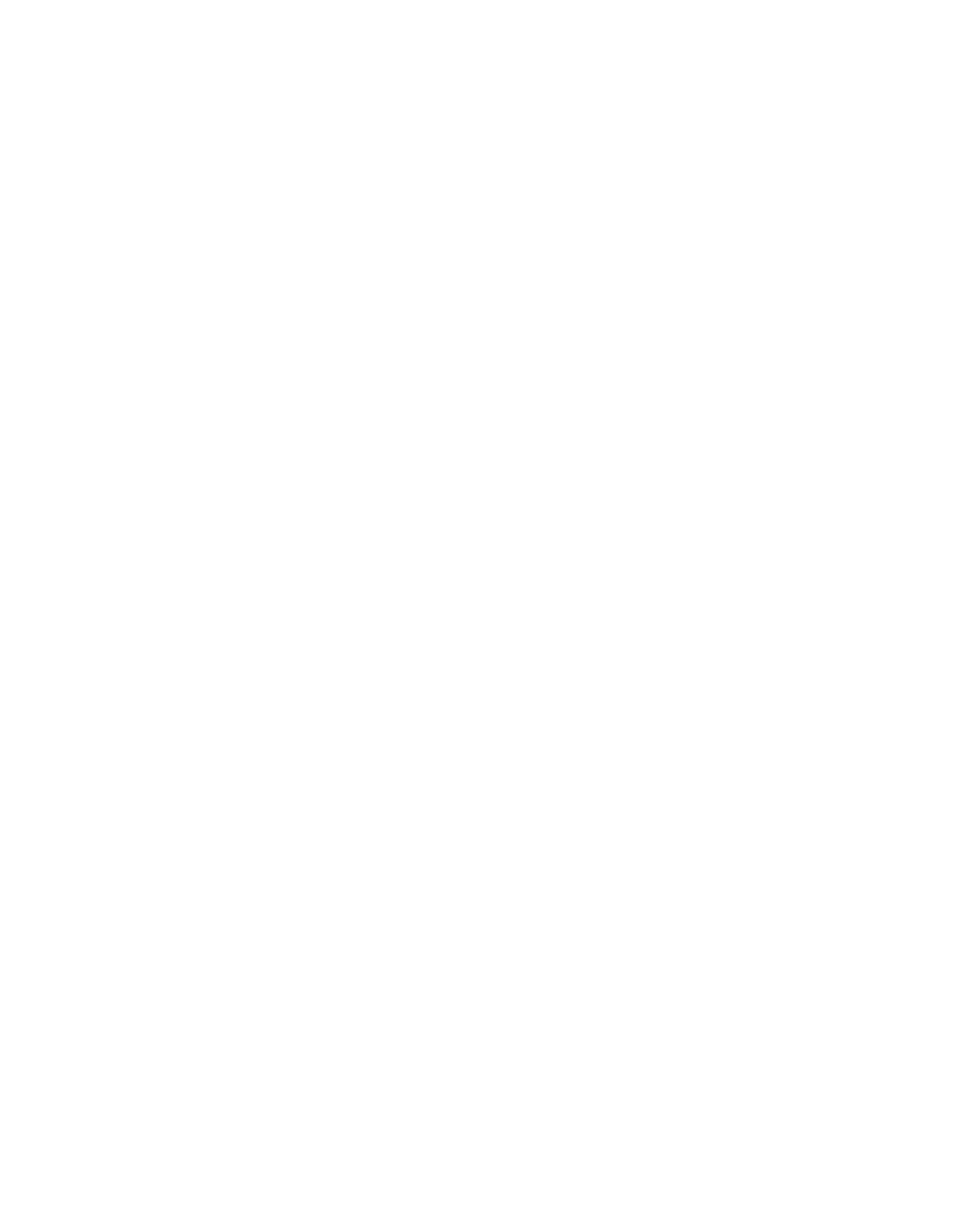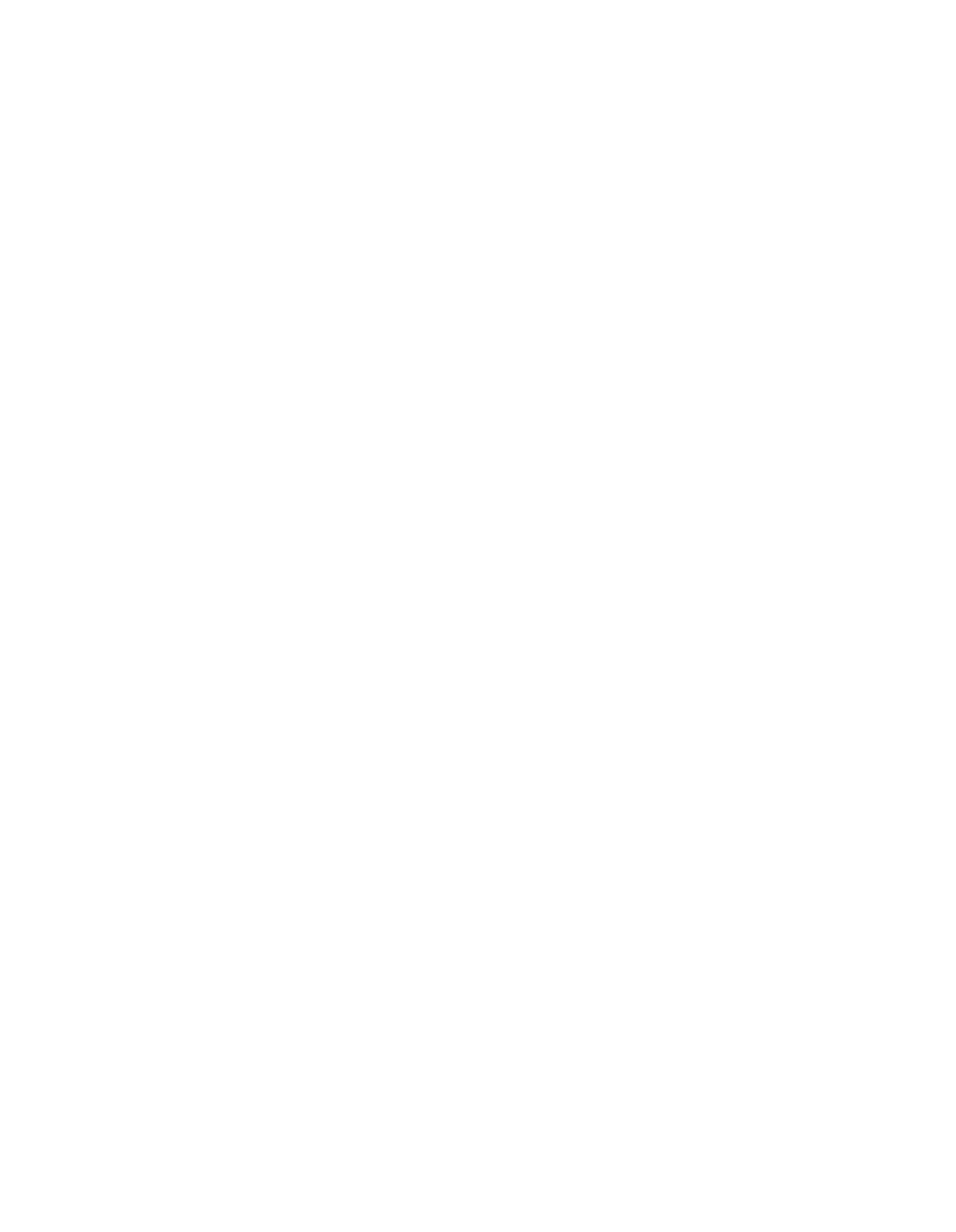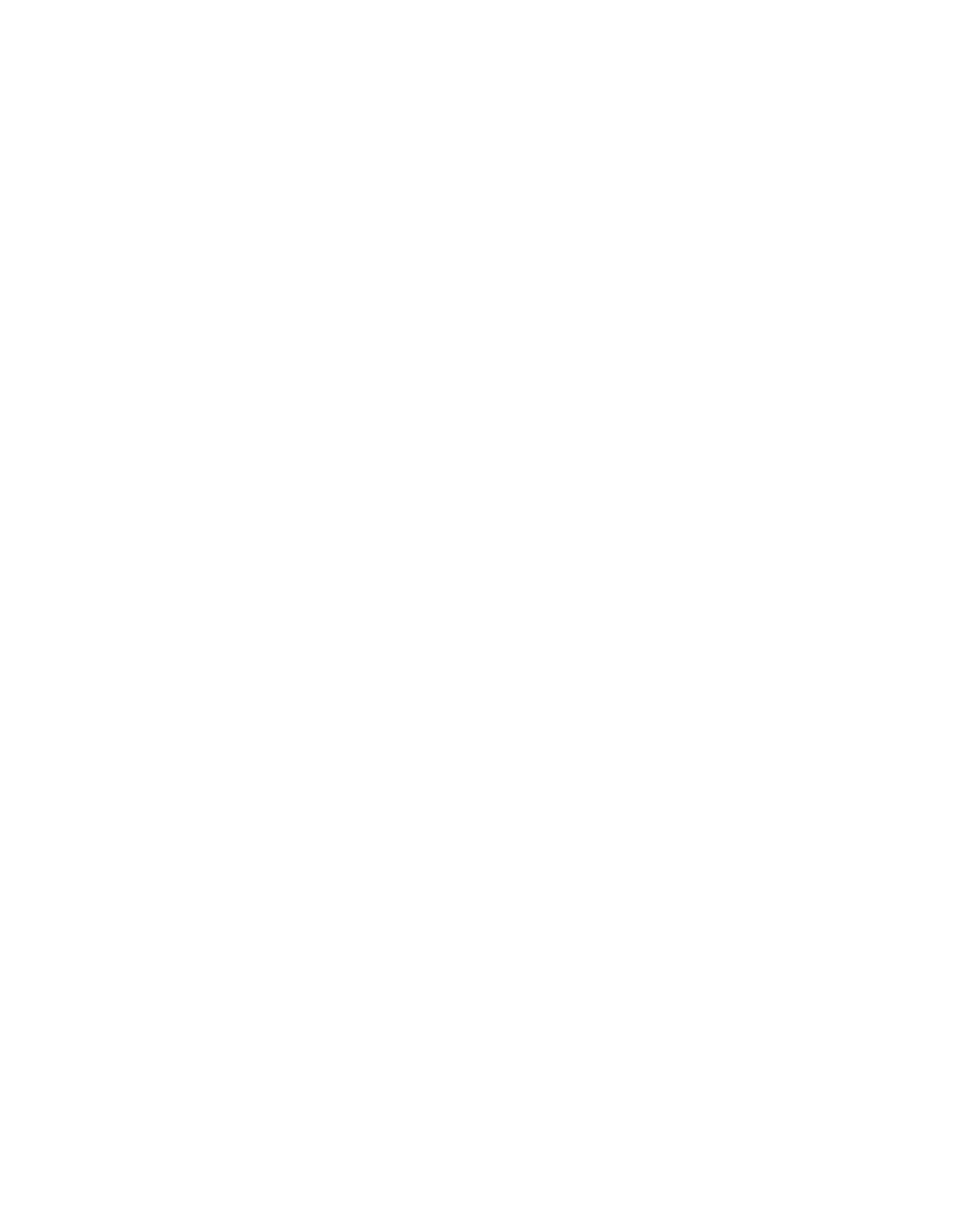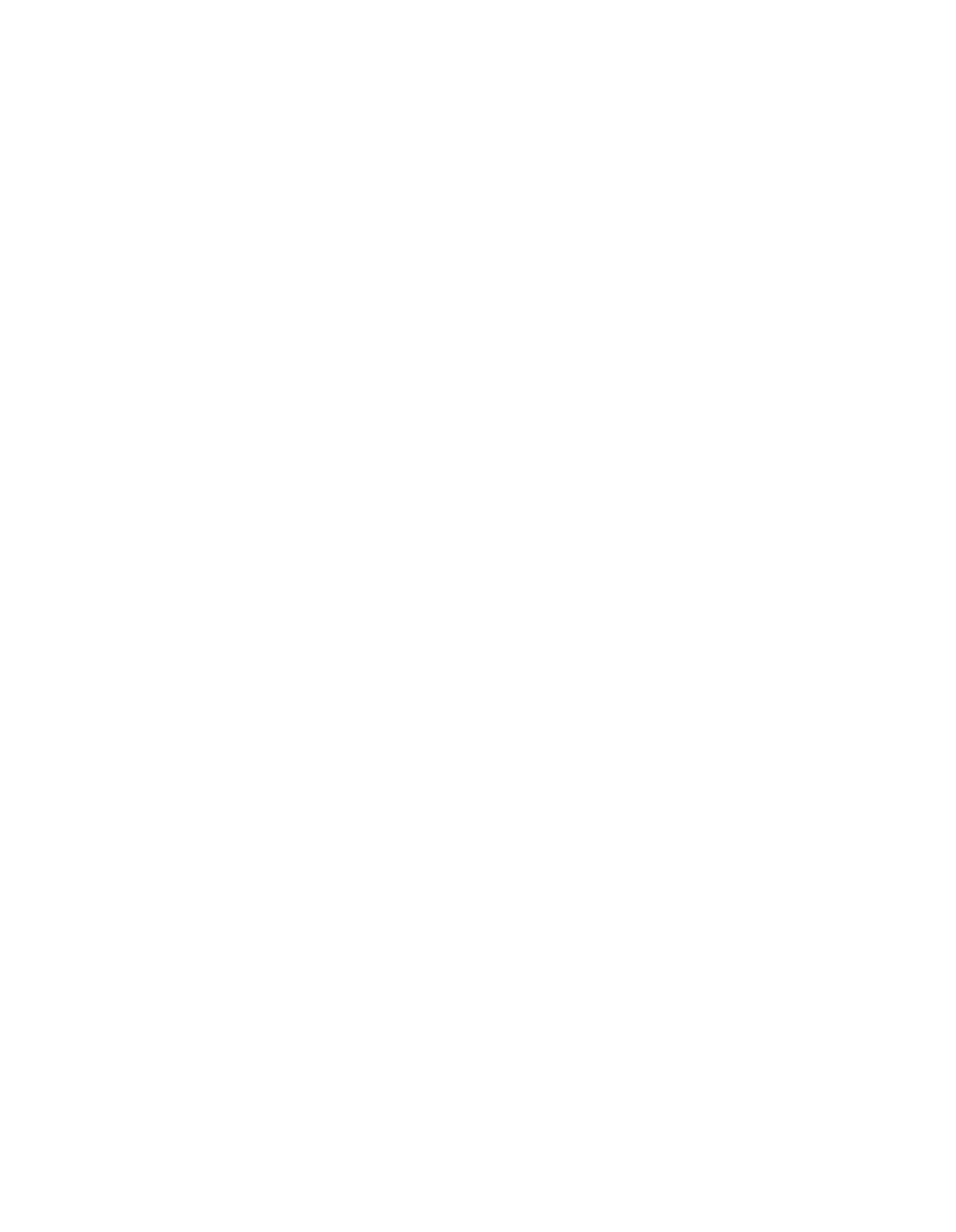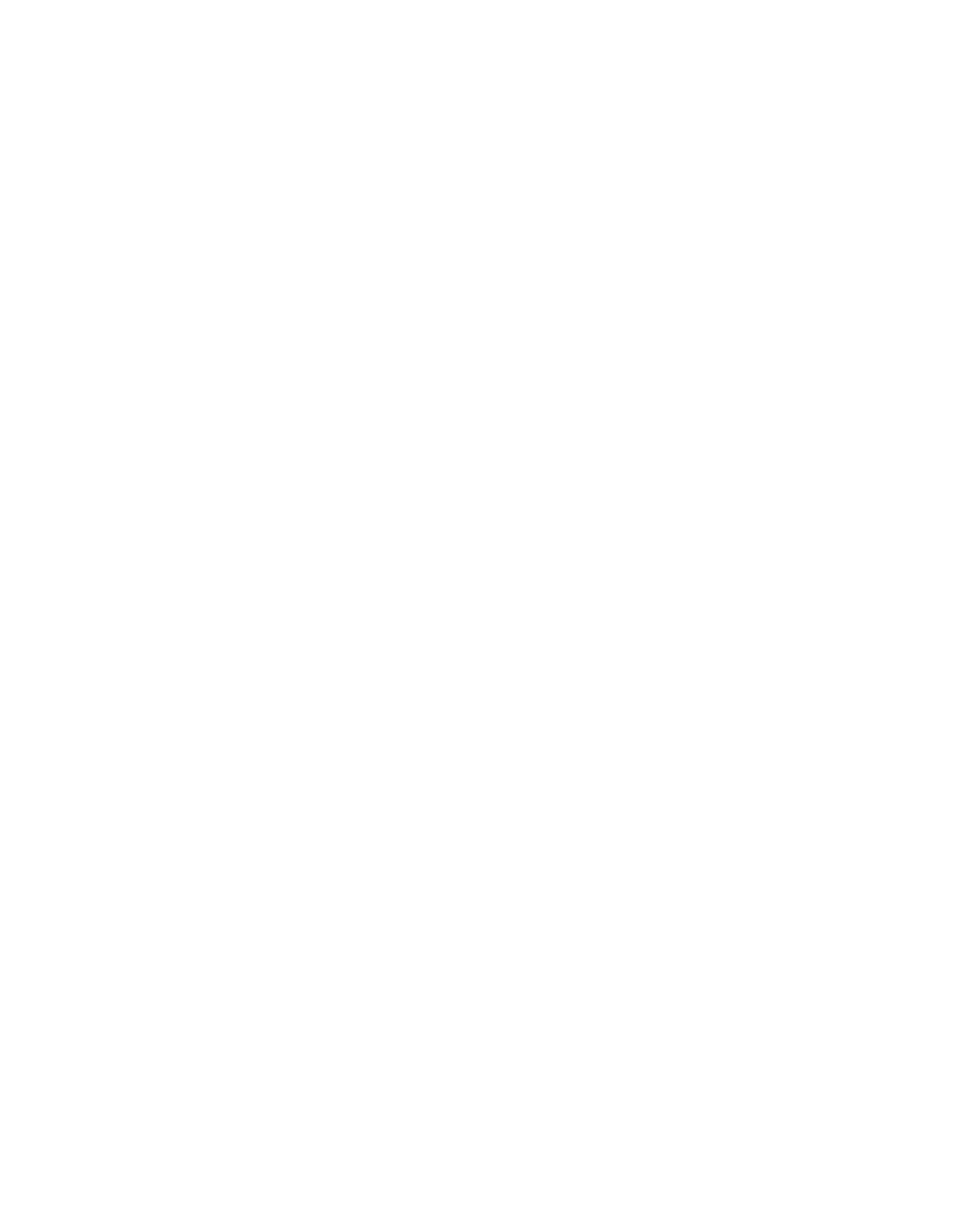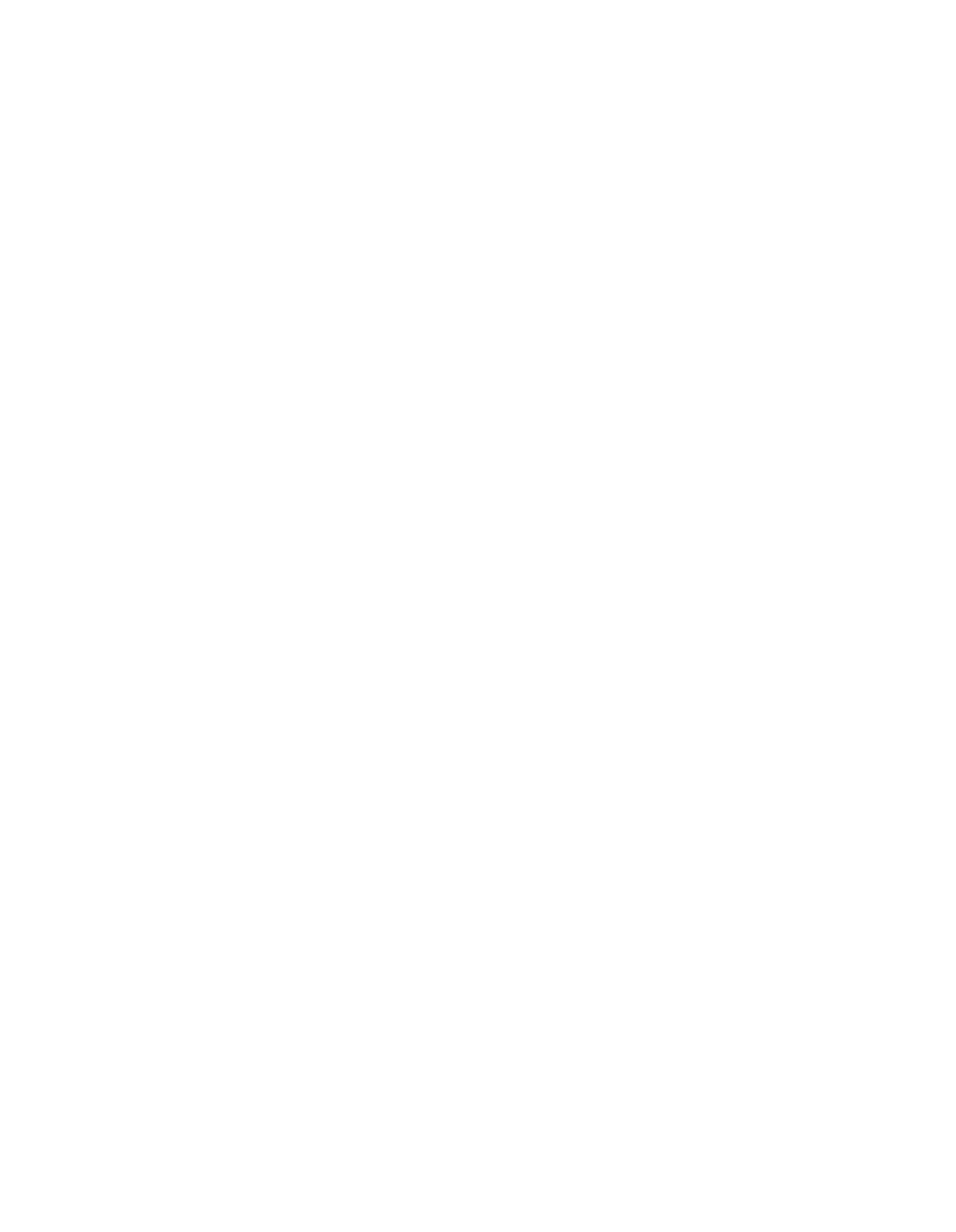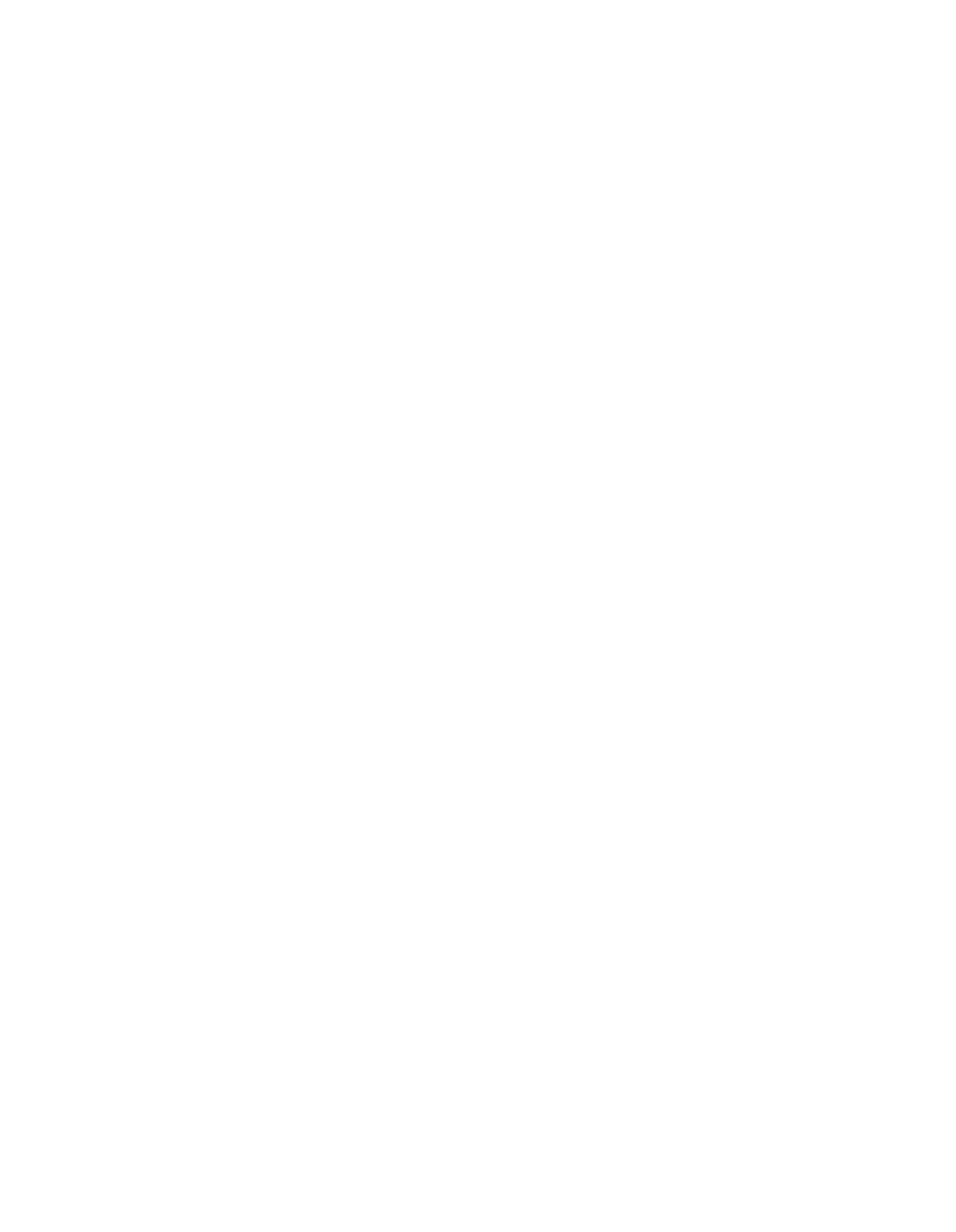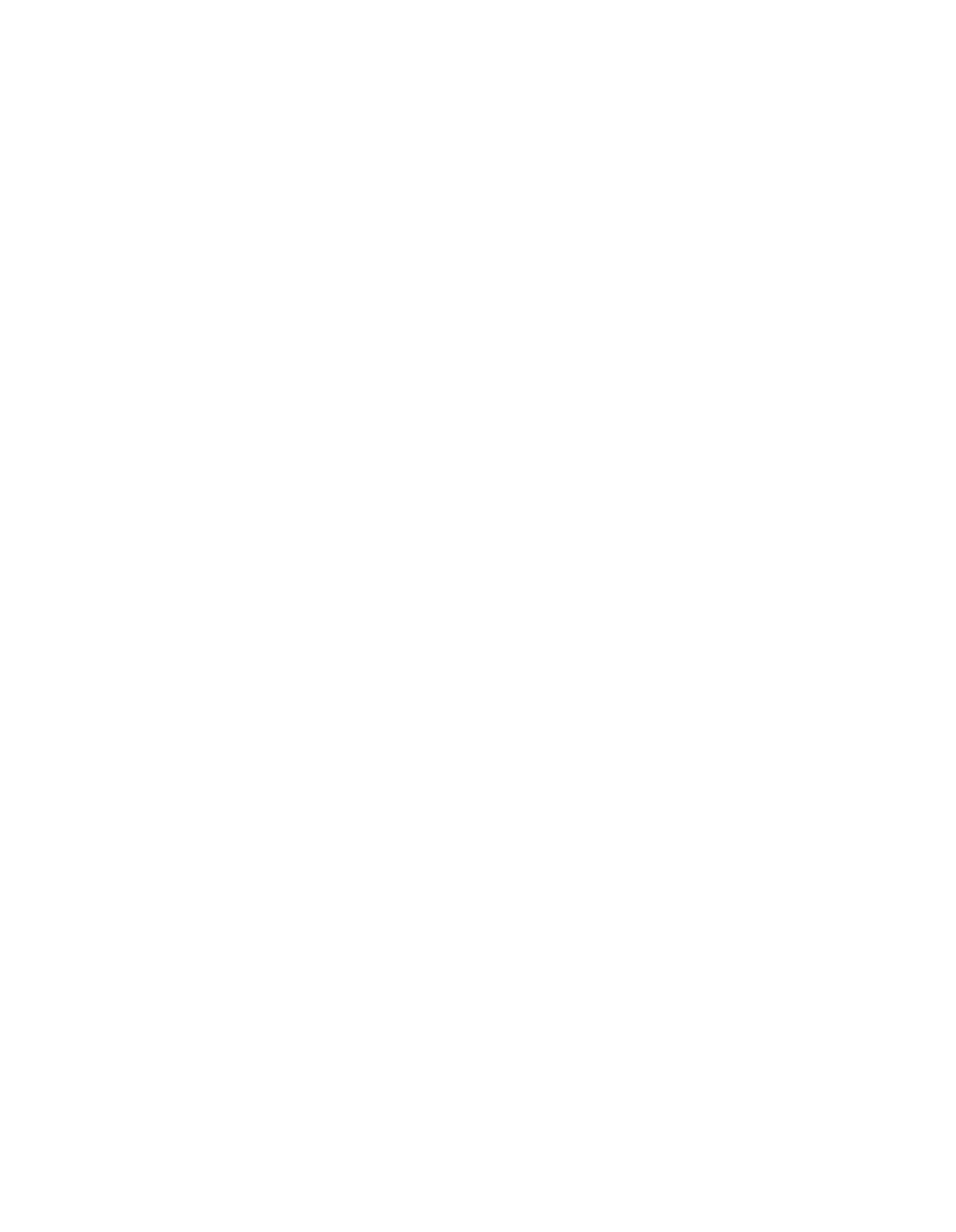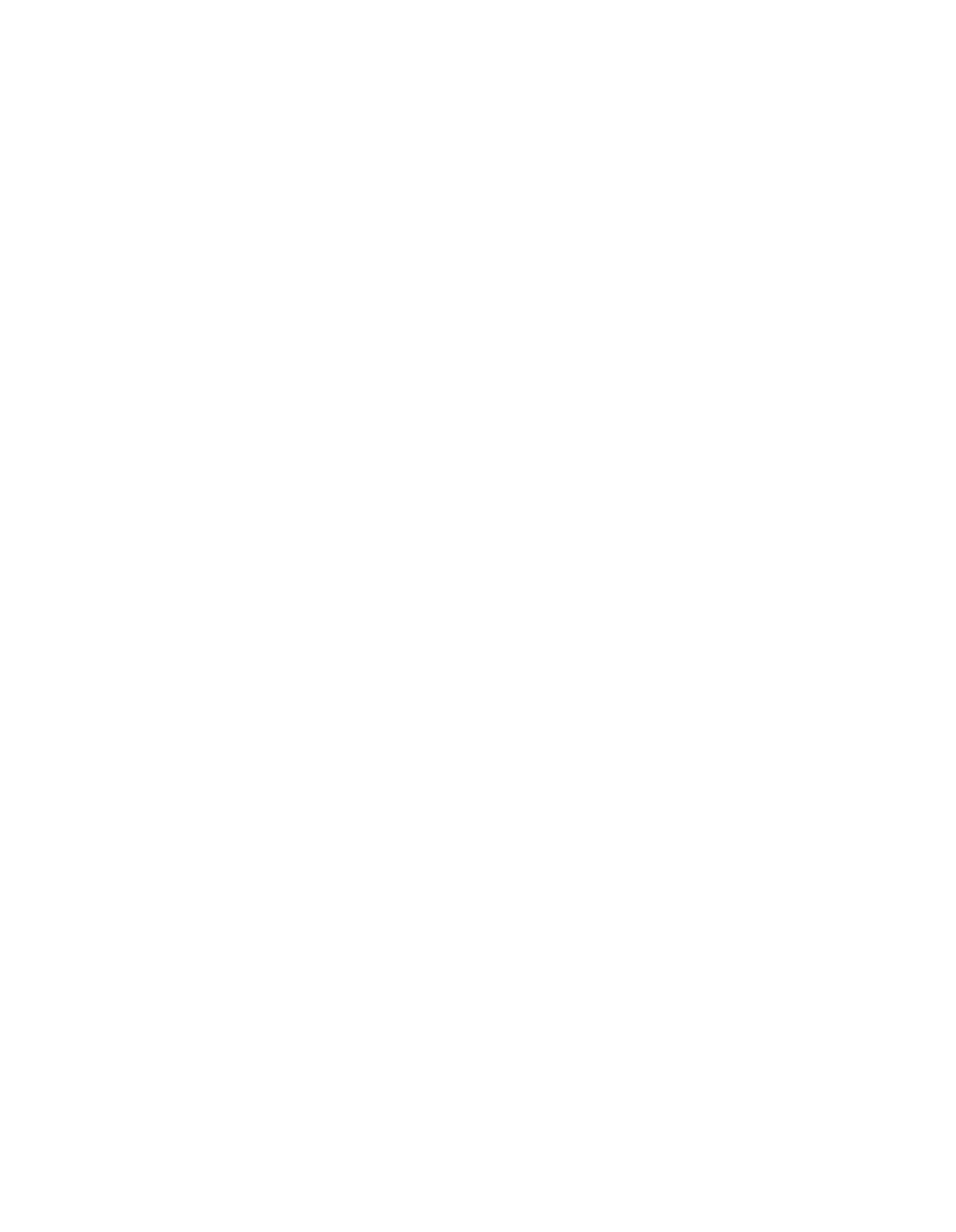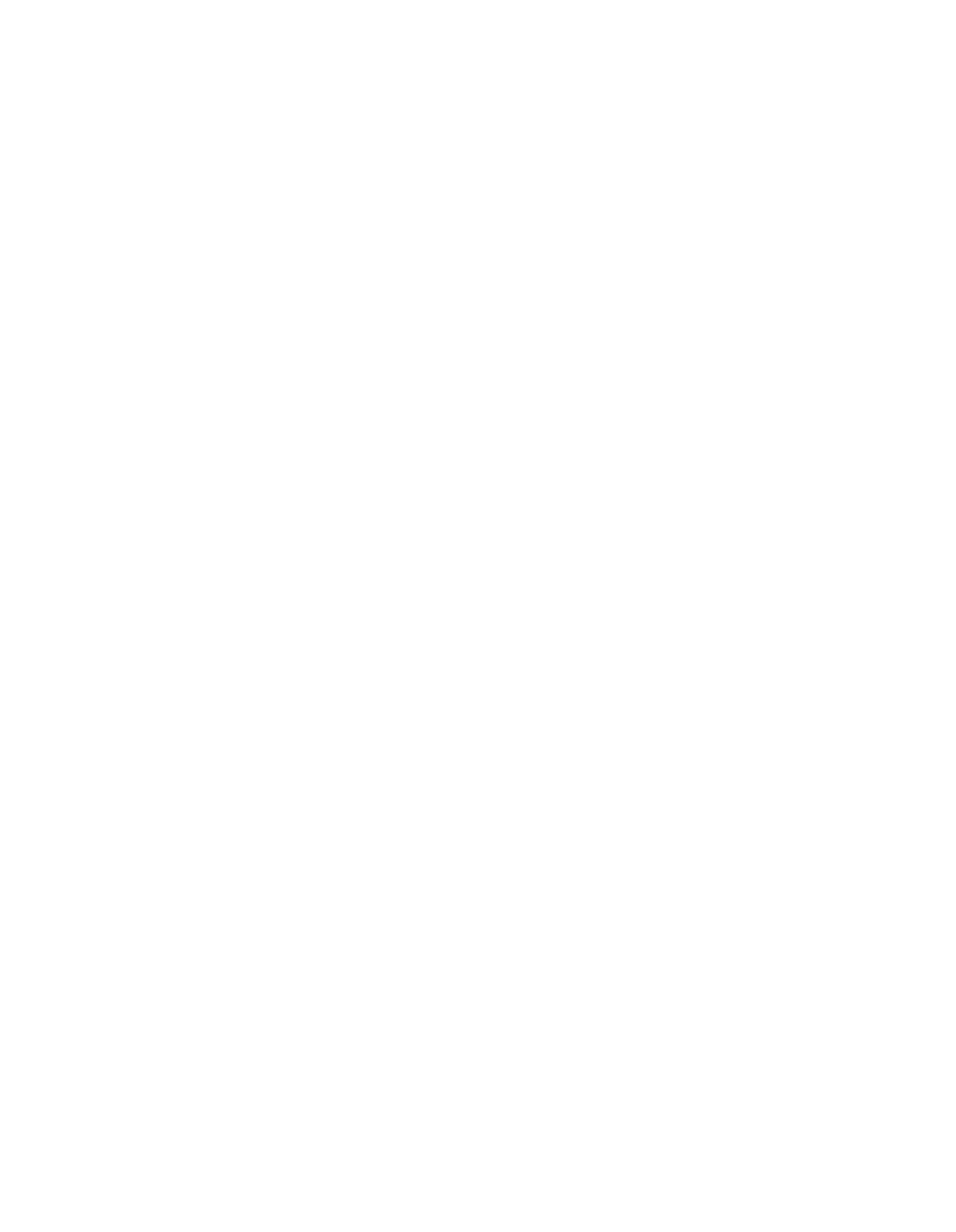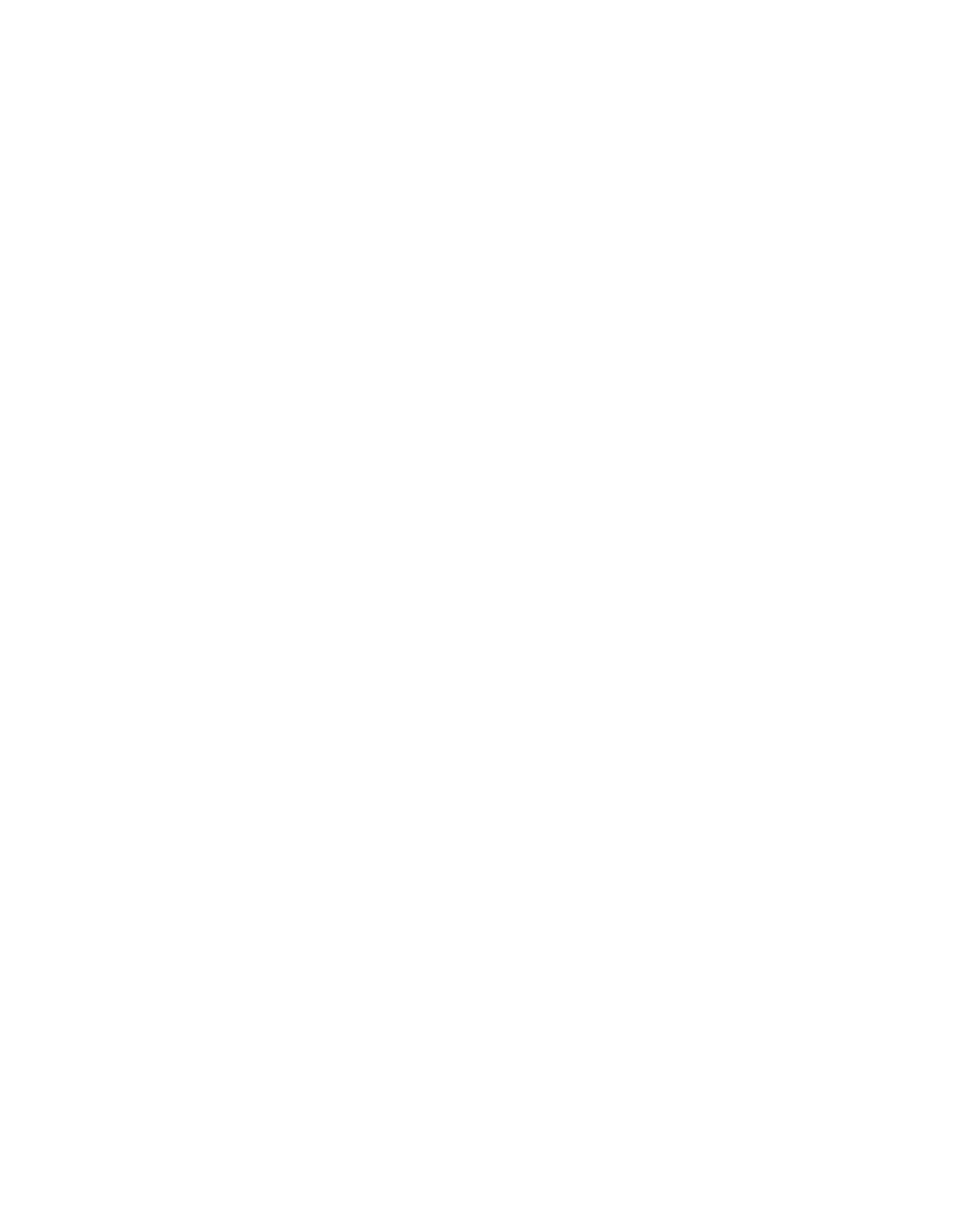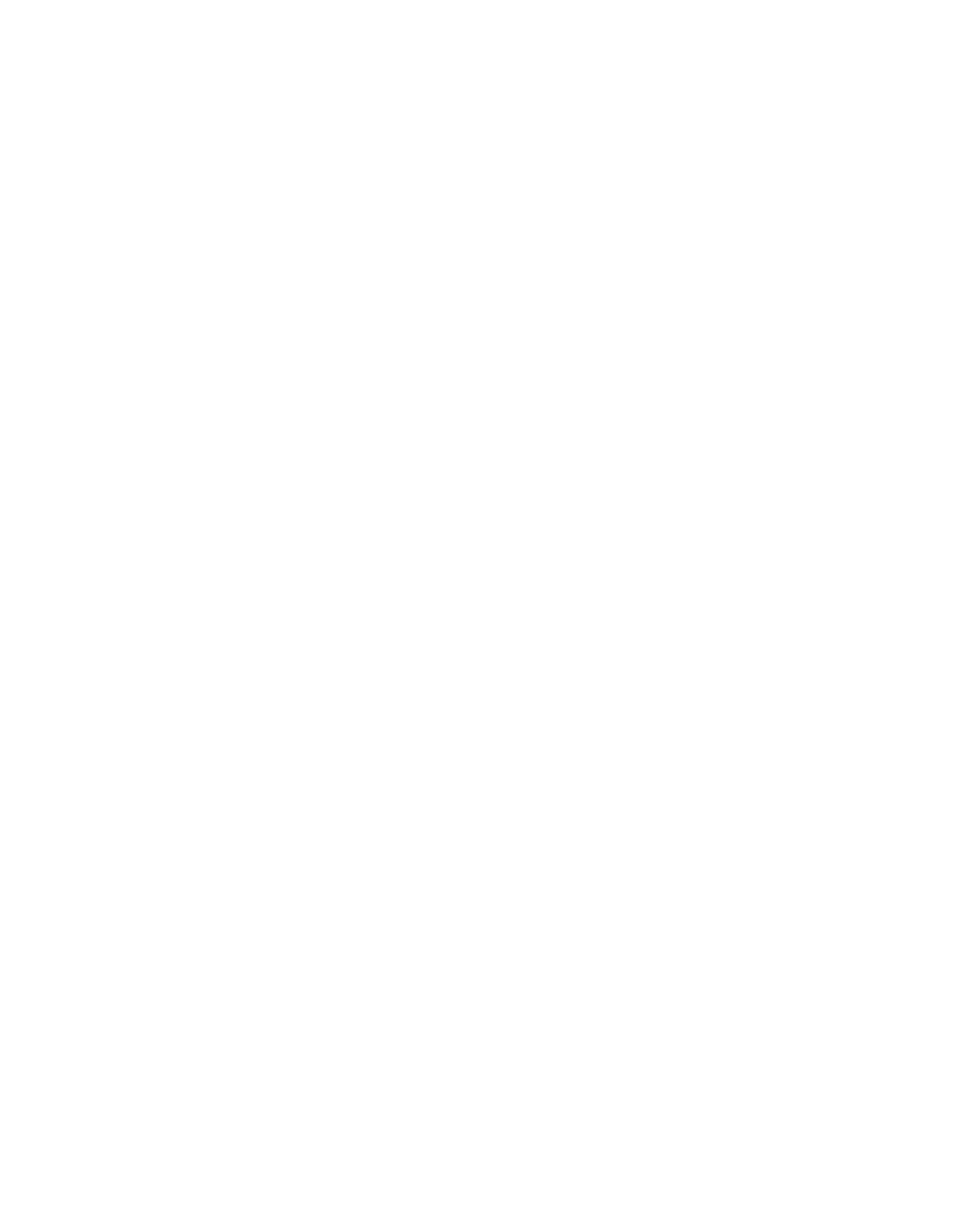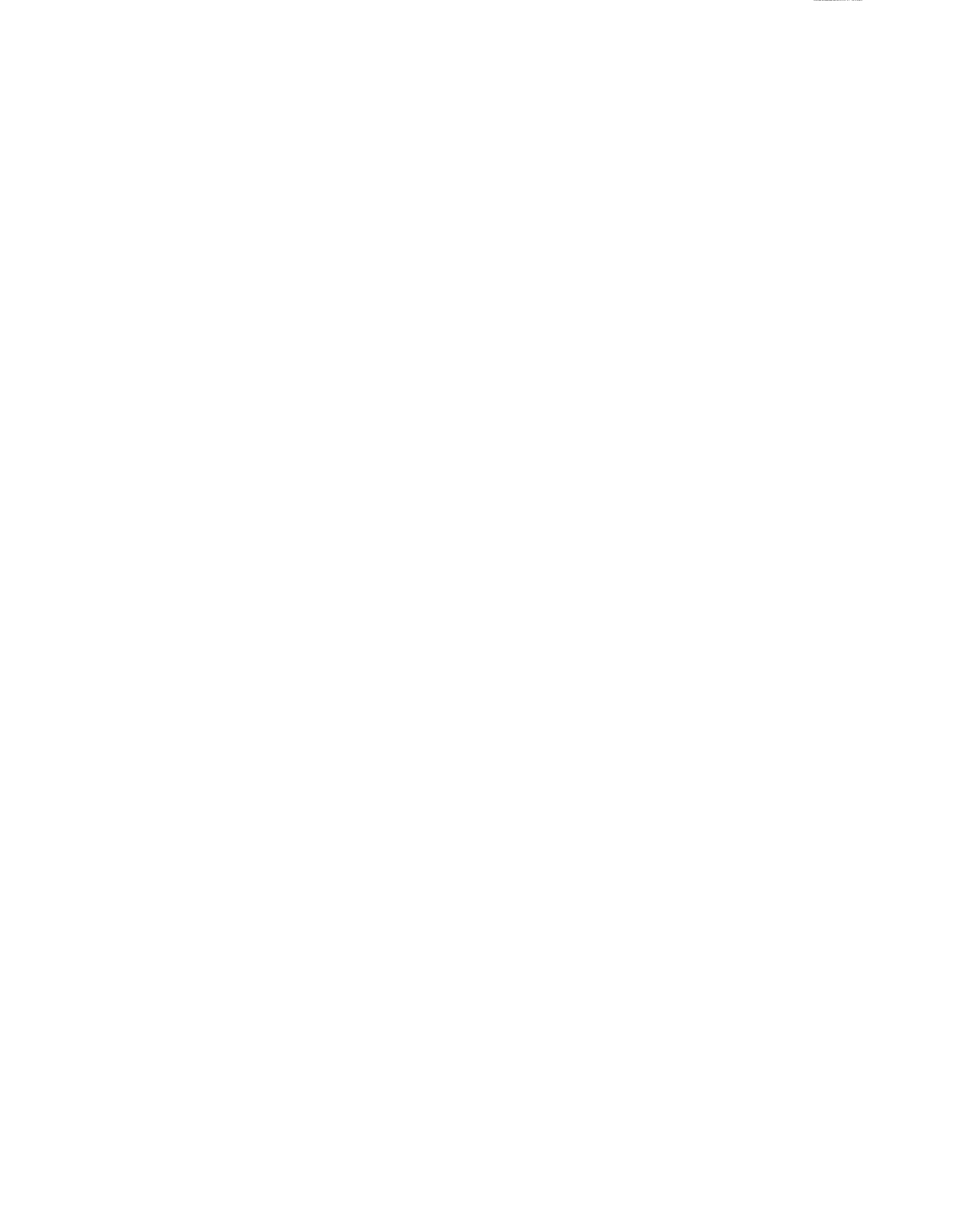frflf1~nr\fl
~
~
CONTROL BOARD
JUL 2
LLUIOIS
PEOPLE OF THE STATE OF ILLINOIS,
)
5~ThOF
d
Complainant,v.
)
PCB(Enforcement-Air)04-
/~
pollution Control
Boar
INTERMATIC INCORPORATED, a
Delaware corporation,
Respondent.
NOTICE OF FILING
TO: See Attached Service List
PLEASE TAKE NOTICE that on July
~,
2003, we filed with the
Illinois Pollution Control Board a Complaint and Appearance, a true
and correct copy of which is attached and hereby served upon you.
Failure to file an answer to this complaint within 60 days may
have severe consequences. Failure to answer will mean that all
allegations in the complaint will be taken as if admitted for purposes
of this proceeding. If you have any questions about this procedure,
you should contact the hearing officer assigned to this proceeding,
the Clerk’s Office or an attorney.
Financing to correct the violations alleged may be available
through the Illinois Environmental Facilities Financing Act, 20 ILCS
3515/1,
et seq.
Respectfully submitted,
LISA MADIGAN
Attorney General
State of Illinois
BY
______
Assi~änt Attb.~ney c~neral
Environmental Bifre~tt’
188 W. Randolph St., 20th Floor
Chicago, Illinois 60601
(312) 814-3532
SERVICE LIST
Intermatic Incorporated
c/o Leonard E. Vinyard, Registered Agent
Intermatic Plaza
Spring Grove, Illinois 60081
Mr. Ralph Tassone
Director of OSHA and EPA Compliance
Intermatic Incorporated
Intermatic Plaza
Spring Grove, Illinois 60081-9698
Mr. J.S. Tandon
American Environmental International
725 W. University Drive
Arlington Heights, Illinois 60004
if)
UTION CONTROL BOARD
JUL
2 8 2003
PEOPLE OF THE STATE OF ILLINOIS,
Po//utjSTATE0,~OFContrILLj~
Complainant,
v.
)
PCB 04-
(Enforcement-Air)
INTERMATIC INCORPORATED, a
Delaware corporation,
Respondent.
COMPLAINT
Complainant, PEOPLE OF THE STATE OF ILLINOIS, by LISA MADIGAN,
Attorney General of the State of Illinois, complains of Respondent,
INTERMATIC INCORPORATED, as follows:
COUNT I
FAILURE TO OBTAIN A CONSTRUCTION PERMIT
1. This Complaint is brought by the Attorney General on his
own motion and upon the request of the Illinois Environmental
Protection Agency (“Illinois EPA”) pursuant to the terms and
provisions of Section 31 of the Illinois Environmental Protection
Act
(“Act”)
,
415 ILCS 5/31 (2002)
2. The Illinois EPA is an administrative agency of the
State of Illinois, created pursuant to Section 4 of the Act, 415
ILCS 5/4 (2002), and charged,
inLer alia,
with the duty of
enforcing the Act.
3. Respondent, INTERMATIC INCORPORATED (“Intermatic”), is a
Delaware corporation registered to do business in Illinois and
headquartered at 7777 Winn Road, Spring Grove, McHenry County,
Illinois.
4. Intermatic operates a manufacturing facility at its
headquarters location, where it manufactures electrical items such as
low voltage lighting, professional lighting, photo controllers, surge
suppressor strips, and timers.
5. In its manufacturing process, Intermatic uses, among other
things, two degreasers, five sheet-fed offset printing presses, three
pad printing presses, seven silk screen printers, a washer, three
paint booths, a natural gas curing oven, two natural gas boilers,
punch presses, screw making machines, gas fired heaters, tool room
grinders, soldering stations, a waver solder line, a thermal form mold
machine, a powder paint hand booth for parts clean-up, and 52
injection molding machines.
6. Intermatic has a Clean Air Act Permit Program (“CAAPP”)
permit, no. 96030112, (“CAAPP permit”), issued by the Illinois EPA on
October 18, 2000. The CAAPP permit, among other things, limits
Intermatic’s emissions to 15 tons of volatile organic material between
May 1 and September 30 of each year.
7. Section 3.315 of the Act, 415 ILCS 5/3.315 (2002),
provides the following definition:
“PERSON” is any individual, partnership, co-partnership,
firm company, limited liability company, corporation,
association, joint stock company, trust, estate,
political subdivision, state agency, or any other legal
entity, or their legal representative, agent or assigns.
8. Intermatic is a “person” as that term is defined in
Section 3.315 of the Act, 415 ILCS 5/3.315 (2002)
9. Section 3.165 of the Act, 415 ILCS 5/3.165 (2002),
provides the following definition:
“CONTAMINANT” is any solid, liquid, or gaseous matter,
2
any odor, or any form of energy from whatever source.
10. Volatile organic materials are “contaminants” as defined
in Section 3.165 of the Act, 415 ILCS 5/3.165 (2002)
11. Section 3.115 of the Act, 415 ILCS 5/3.115 (2002),
contains the following definition:
“Air pollution” is the presence in the atmosphere of one
or more contaminants in sufficient quantities and of
such characteristics and duration as to be injurious to
human, plant, or animal life, to health, or to property,
or to unreasonably interfere with the enjoyment of life
or property
12. Section 9 of the Act, 415 ILCS 5/9(2002), provides as
follows:
No person shall:
***
b. Construct, install, or operate any equipment,
facility, vehicle, vessel, or aircraft capable of
causing or contributing to air pollution or designed
to prevent air pollution, of any type designated by
Board regulations, without a permit granted by the
Agency, or in violation of any conditions imposed by
such permit.
13. Section 201.142 of the Illinois Pollution Control Board
Air Pollution Regulations (“Board regulations”)provides as follows:
No person shall cause or allow the construction of any
new emission source or any new air pollution control
equipment, or cause or allow the modification of any
existing emission source or air pollution control
equipment, without first obtaining a construction permit
from the Agency, except as provided in Section 201.146.
14. Section 201.102 of the Board regulations, 35 Ill. Adm.
Code 201.102, provides the following pertinent definitions:
“Air Contaminant”: any solid, liquid or gaseous matter,
any odor or any form of energy, that is capable of being
released into the atmosphere from an emission source.
3
“Construction”: commencement of on-site fabrication,
erection or installation of an emission source or of air
pollution control equipment.
“Emission Source”: any equipment or facility of a type
capable of emitting specified air contaminants to the
atmosphere.
“New Emission Source”: any emission source, the
construction or modification of which is commenced on or
after April 14, 1972.
“Owner or Operator”: any person who owns, leases,
controls or supervises an emission source or air
pollution control equipment.
“Specified Air Contaminant”: any air contaminant as to
which this Subtitle contains emission standards or other
specific limitations and any contaminant regulated in
Illinois pursuant to Section 9.1 of the Act.
15. At a time better known to Intermatic, but prior to
November 2000, Intermatic constructed four sheet-fed offset
printers presses at its facility. On November 15, 2000, Intermatic
constructed a fifth sheet-fed offset printing press at its
facility.
16. The sheet-fed offset printing presses have the potential
to emit and do emit volatile organic materials (“VOM”) as defined
in 35 Ill. Adm. Code 211.7150.
17. VOM are specified air contaminants as defined in 35 Ill.
Adm. Code 201.102.
18. The sheet-fed offset printing presses were capable of
causing or contributing to air pollution through their emission of
contaminants, including VOM, into the atmosphere.
19. The sheet-fed offset printing presses were each an
“emission source” and a “new emission source” as defined in 35 Ill.
4
Adm. Code 201.102.
20. Intermatic, at all times relevant to this Complaint, was
an “owner or operator” as defined in 35 Ill. Adm. Code 201.142.
21. Intermatic did not, at any time relevant to this
complaint, have a permit to construct the five sheet-fed offset
printing presses.
22. The construction of emission sources as alleged in this
count without a permit from the Agency constituted a violation of
415 ILCS 5/9(b) (2002) and 35 Ill. Adm. Code 201.142.
WHEREFORE, Complainant, PEOPLE OF THE STATE OF ILLINOIS,
respectfully requests that the Board enter an order for Complainant
and against Respondent, Intermatic, with respect to this Count I:
1. Authorizing a hearing in this matter at which time the
Respondent will be required to answer the allegations alleged
herein;
2. Finding that Respondent violated Section 9(b) of the Act
and 35 Ill. Adm. Code 201.142;
3. Ordering Respondent to cease and desist from further
violations of Section 9(b) of the Act and 35 Ill. Adm. Code
201.142;
4. Assessing against Respondent a civil penalty of Fifty
Thousand Dollars ($50,000.00) for each violation of the Act, and
regulations promulgated thereunder, with an additional penalty of
Ten Thousand Dollars ($10,000.00) for each and every day of
violation;
5
5. Ordering Respondent to pay all costs including attorney,
expert witness and consultant fees expended by the State in pursuit
of this action; and
6. Granting such additional relief as the Board deems
appropriate and just.
COUNT II
FAILURE TO MODIFY A CLEAN AIR ACT PERMIT
1
-
13. Complainant realleges and incorporates by reference
herein paragraphs 1 through 10 and 15 through 17 of Count I as
paragraphs 1 through 13 of Count II.
14. Section 39.5 of the Act, 415 ILCS 5/39.5 (2002)
governing the Clean Air Act Permit program in the State of
Illinois, provides, in pertinent part, as follows:
1. Definitions
“Major source” means a source for which emissions of one
or more air pollutants meet the criteria for major
status pursuant to paragraph 2(c) of this Section.
***
“Owner or operator” means any person who owns, leases,
operates, controls, or supervises a stationary source.
***
“Regulated air pollutant” means the following:
(1) Nitrogen Oxides (NOx) or any volatile organic
compound.
***
“Stationary source” means any building, structure,
facility, or installation that emits or may emit any
regulated air pollutant or any pollutant listed under
6
Section 112(b) of the Clean Air Act.
***
2. Applicability
a. Sources subject to this Section shall include:
i.
Any
major source as defined in paragraph
(c) of this subsection.
c. For the purposes of this Section the term
“major source” means any source that is:
***
iii. For ozone nonattainment areas, sources
with the potential to emit 100 tons or
more per year of volatile organic
compounds or oxides of nitrogen in areas
classified as “marginal” or “moderate”,
50 tons or more per year in areas
classified as “serious”, 25 tons or more
per year in areas classified as “severe”,
and 10 tons or more per year in areas
classified as “extreme”;
***
6. Prohibitions
***
b. After the applicable CAAPP permit or renewal
application submittal date, as specified in
subsection 5 of this Section, no person shall
operate a CAAPP source without a CAAPP permit
unless the complete CAAPP permit or renewal
application for such source has been timely
submitted to the Agency.
15. Volatile organic materials are regulated air pollutants
under Section 39~5(l) of the Act, 415 ILCS 5/39.5(1) (2002).
16. The Intermatic facility is located in a county designated by
U.S. EPA as severe nonattainment for ozone.
17. The Intermatic facility has the potential to emit
7
greater than 25 tons per year of volatile organic materials.
18. The Intermatic facility is a “stationary source” and a
“major source” pursuant to Section 39.5(2) (c) (iii) of the Act, 415
ILCS 5/39.5(2) (2002)
19. Intermatic was, at all times relevant to this Complaint,
the “owner and operator” of a major stationary source pursuant to
Section 39.5(2) of the Act, 415 ILCS 5/39.2 (2002).
20. As a major source, the Intermatic facility is a Clean
Air Act Permit Program (“CAAPP”) source by operation of 415 ILCS
5/39.5(2) (2002).
21. The CAAPP permit upon issuance authorized operation of
four of the sheet-fed offset printing presses at the Intermatic
facility. At a time better known to Intermatic, Intermatic
operated the fifth sheet-fed offset printing press without first
modifying its CAAPP permit to obtain authorization for the fifth
printing press.
22. By operating the fifth offset sheet-fed offset printing
press without submitting the CAAPP permit application to the
Illinois EPA to modify its CAAPP permit, Intermatic violated
Section 39.5(6) (b) of the Act, 415 ILCS 5/39.5(6) (b) (2002)
WHEREFORE, Complainant, PEOPLE OF THE STATE OF ILLINOIS,
respectfully requests that the Board enter an order for Complainant
and against Respondent, Intermatic, with respect to this Count II:
1. Authorizing a hearing in this matter at which time the
Respondent will be required to answer the allegations alleged
8
herein;
2. Finding that Respondent violated Section 39.5(6) (b) of
the Act;
3. Ordering Respondent to cease and desist from further
violations of the Act and Board regulations;
4. Assessing against Respondent a civil penalty of Ten
Thousand Dollars ($10,000.00) for each and every day of each
violation;
5. Ordering Respondent to pay all costs including attorney,
expert witness and consultant fees expended by the State in pursuit
of this action; and
6. Granting such additional relief as the Board deems
appropriate and just.
COUNT III
FAILURE TO COMPLY WITH EMISSION REDUCTION
MARKETING SYSTEM REQUIREMENTS
1
-
20. Complainant realleges and incorporates by reference
herein paragraphs 1 through 20 of Count II and as paragraphs 1
through 20 of Count III.
21. Section 39.5(6) (a) of the Act, 415 ILCS 5/39.5(6) (a) (2002),
provides, in pertinent part, as follows:
It shall be unlawful for any person to violate any terms or
conditions of a permit issued under this Section, to operate
any CAAPP source except in compliance with a permit issued
by the Agency under this Section or to violation any other
applicable requirements.
22. Section 205.200 of the Board regulations, 35 Ill. Adm. Code
9
205.200, provides, in pertinent part, as follows:
The requirements of this Part shall apply to any source
operating prior to May 1, 1999, located in the Chicago ozone
nonattainment area, that is required to obtain a CAAPP
permit and has baseline emissions of at least 10 tons, as
specified in Section 205.320(a) of this Part, or seasonal
emissions of at least 10 tons in any seasonal allotment
period beginning in 1999.
23. Section 205.150 of the Board regulations, 35 Ill. Adm. Code
205.150, provides, in pertinent part, as follows:
a) The VOM emissions control period is the seasonal
allotment period, which is from May 1 through
September 30, annually.
b) The reconciliation period is from October 1 to
December 31, annually. During each reconciliation
period, participating sources and new participating
sources shall:
1) Compile data of actual VON emissions during the
immediately preceding seasonal allotment period;
and
2) Submit its seasonal emissions component of its
Annual Emissions Report, in accordance with
Section 205.300 of thi~Part.
c) At the end of each reconciliation period, on and after
the dates specified in Section 205.200 of this Part,
each participating source shall:
1) Hold ATUs in an amount not less than its VOM
emissions during the preceding seasonal allotment
period, except as provided in Sections 205.220,
205.225, 205.315, 205.320(e) (3) or (f) and2O5.750
of this Part; or
2) Hold ATUs in an amount not less than 1.3 times
its seasonal emissions attributable to a major
modification during the preceding seasonal
allotment period, if a participating source
commences operation of a major modification
pursuant to 35 Ill. Adm. Code 203 on or after May
1, 1999. Additionally, such source must hold ATU5
in accordance with subsection (c) (1) of this
Section for VON emissions not attributable to
this major modification during the preceding
seasonal allotment period.
10
24. Section 205.205(a) of the Board regulations, 35 Ill. Adm.
Code 205.205(a), provides, in pertinent part, as follows:
Any
source that otherwise meets the criteria for
participating sources shall be exempt from the requirements
of this Part if the source accepts a 15 tons per seasonal
allotment period limit on its VON emissions in its CAAPP
permit for each seasonal allotment period in which the
source would be required to participate in ERMS.
25. Section 6.2 of the CAAPP permit provides as follows:
Emissions of VOM from the source during the seasonal
allotment period from Nay 1 through September 30 of each
year shall not exceed 15 tons, not including VON emissions
from insignificant emission units and activities as
identified in Section 3 of this permit. This limitation is
established at the request of the source to exempt it from
the requirements of 35 IAC Part 205, Emissions Reduction
Market System (ERMS), pursuant to 35 IAC 205.205.
26. Section 205.720 of the Board regulations, 35 Ill. Adm. Code
205.720, provides, in pertinent part, as follows:
The Agency shall obtain emissions excursion compensation
from any participating source or new participating source
that does not hold ATUs in accordance with Section
205.150(c) or (d) of this Part by the conclusion of the
reconciliation period. For any emissions excursion during
1999 by a participating or new participating source that was
not issued a CAAPP permit before May 1, 1998, all references
in subsections (b) (1) and(b) (3), (c) and (e) of this Section
to 1.2 times the emissions excursion shall be 1.0 times the
emissions excursion.
27. At all times relevant to this complaint, Intermatic was a
source subject to the requirements of Part 205 because it was a CAAPP
source that had seasonal emissions of VOM in excess of 10 tons in a
seasonal allotment period after 1999.
28. In order to maintain an exemption from the Emissions
Reduction Market System (“ERMS”) requirements under 35 Ill. Adm. Code
205.205 and Condition 6.2 of the CAAPP permit, Intermatic was to have
11
limited its emissions of VOM so as not to exceed 15 tons each year
during the seasonal allotment period from Nay 1 through September 30.
29. For the calendar year 2000, Intermatic emitted in excess of
17 tons of VON during the seasonal allotment period.
30. Because Intermatic had VON emissions in excess of 15 tons
during the seasonal allotment period for 2000, it lost exempt status
pursuant to 35 Ill. Adm. Code 205.205(a).
31. At no time relevant to this complaint did Intermatic hold
sufficient allotment trading units for its VON emissions. Further,
Intermatic has not made emissions excursion compensation pursuant to
35 Ill. Adm. Code 205.720.
32. Intermatic, by its acts and omissions described herein, has
violated Section 39.5(6) (a) of the Act, 415 ILCS 5/39.5(6) (a) (2002),
35 Ill. Adm. Code 205.150(c) and Section 6.2 of the CAAPP permit.
WHEREFORE, Complainant, PEOPLE OF THE STATE OF ILLINOIS,
respectfully requests that the Board enter an order for Complainant
and against Respondent, Intermatic, with respect to this Count III:
1. Authorizing a hearing in this matter at which time the
Respondent will be required to answer the allegations alleged herein;
2. Finding that Respondent violated Section 39.5(6) (a) of the
Act, 35 Ill. Acim. Code 205.150(c) and Condition 6.2 of the CAAPP
permit;
3. Ordering Respondent to cease and desist from further
violations of the Act and Board regulations;
4. Assessing against Respondent a civil penalty of Ten Thousand
Dollars ($10,000.00) for each violation of the Act for each and every
12
day of each violation;
5. Ordering Respondent to pay all costs including attorney,
expert witness and consultant fees expended by the State in pursuit of
this action; and
6. Granting such additional relief as the Board deems
appropriate and just.
COUNT IV
CONSTRUCTION OF A MAJOR MODIFICATION TO A
SOURCE WITHOUT COMPLYING WITH
NEW SOURCE REVIEW REQUIREMENTS
1
-
18. Complainant realleges and incorporates by reference
herein paragraphs 1 through 11 and 14 through 20 of Count I as
paragraphs 1 through 18 of Count IV.
19. Section 9 of the Act, 415 ILCS 5/9(2002), provides, in
pertinent part, as follows:
No person shall:
a. Cause or threaten or allow the discharge or emission
of any contaminant into the environment in any state
so as to cause or tend to cause air pollution in
Illinois, either alone or in combination with
contaminants from other sources, or so as to violate
the regulations or standards adopted by the Board
under this Act.
20. Section 203.208 of the Board regulations, 35 Ill. Adm. Code
203.208, provides, in pertinent part, as follows:
A net emissions increase is the amount by which the sum of
any increase in actual emissions from a particular physical
change or change in method of operation at a source, and any
other increases and decreases in actual emissions at the
source that are contemporaneous with the particular change
and are otherwise creditable, exceeds zero.
21. Section 203.209 of the Board regulations, 35 Ill. Adm. Code
13
203.209, provides, in pertinent part, as follows:
b) For areas classified as serious or severe
nonattainment for ozone, an increase in emissions of
volatile organic material or nitrogen oxides shall be
considered significant if the net emissions increase
of such air pollutant from a stationary source located
within such area exceeds 25 tons when aggregated with
all other net increases in emissions from the source
over any period of 5 consecutive calendar years which
includes the calendar year in which such increase
occurred.
22. Section 203.201 of the Board regulations, 35 Ill. Adm. Code
203.201, provides as follows:
In any nonattainment area, no person shall cause or allow
the construction of a new major stationary source or major
modification that is major for the pollutant for which the
area is designated a nonattainment area, except as in
compliance with this Part for that pollutant.
23. Section 203.207 of the Board regulations, 35 Ill. Adm. Code
203.207, provides as follows:
a) Except as provided in subsection (c), (d), (e) or (f)
below, a physical change, or change in the method of
operation of a major stationary source that would
result in a significant net emissions increase of any
pollutant for which the area is designated a
nonattainment area, shall constitute a major
modification of a source.
24. Section 203.203 of the Board regulations provides, in
pertinent part, as follows:
a) A construction permit is required prior to actual
construction of a major new source or major
modification.
b) Applications for construction permits required under
this Section shall contain sufficient information to
demonstrate compliance with 35 Ill. Adm. Code 201 and
the requirements of this Part including, but not
limited to, Subpart C.
25. The addition of the fifth offset printing press resulted in
a net emissions increase, as defined in 35 Ill. Adm. Code 203.208, of
14
volatile organic materials.
26. The addition of the fifth offset printing press resulted in
a net emissions increase of greater than 25 tons when aggregated with
all other net increases in emissions of a period of five consecutive
calendar years, thus rendering the net emissions increase a severe net
emissions increase, as defined by 35 Ill. Adm. Code 203.209(b)
27. As a severe net emissions increase, the addition of the
fifth offset printing press constituted a major modification of a
source pursuant to 35 Ill. Adm. Code 203.207.
28. At no time relevant to this complaint did Intermatic comply
with the requirements of 35 Ill. Adm. Code 203.203(a) and (b) prior to
the construction of the fifth offset printing press.
29. Intermatic, by its acts and omissions described herein, has
415 ILCS 5/9(a), 35 Ill. Adm. Code 203.201, and 35 Ill. Adm. Code
203.203(a) and (b)
WHEREFORE, Complainant, PEOPLE OF THE STATE OF ILLINOIS,
respectfully requests that the Board enter an order for Complainant
and against Respondent, Intermatic, with respect to this Count IV:
1. Authorizing a hearing in this matter at which time the
Respondent will be required to answer the allegations alleged herein;
2. Finding that Respondent violated Section 9(a) of the Act, 35
Ill. Adm. Code 203.201, and 35 Ill. Adm. Code 203.203(a) and (b);
3. Ordering Respondent to cease and desist from further
violations of the Act and the Board regulations;
4. Assessing against Respondent a civil penalty of Fifty
Thousand Dollars ($50,000.00) for each violation of the Act, and
15
regulations promulgated thereunder, with an additional penalty of Ten
Thousand Dollars ($10,000.00) for each and every day of violation;
5. Ordering Respondent to pay all costs including attorney,
expert witness and consultant fees expended by the State in pursuit of
this action; and
6. Granting such additional relief as the Board deems
appropriate and just.
COUNT V
FAILURE TO COMPLY WITH EMISSION LIMITATION
1
-
21.
Complainant realleges and incorporates by reference
herein paragraphs 1 through 21 of Count III and as paragraphs 1
through 21 of Count V.
22. Condition 5.5.1 of the CAAPP permit provides as follows:
The annual emissions for the source, not considering
insignificant activities as addressed by Section 3.0 of this
permit, shall not exceed the following limitations. The
overall source emissions shall be determined by adding
emissions from all emission units. Compliance with these
limits shall be determined on a calendar year basis. These
limitations (Condition 5.5.1) are set for the purpose of
establishing fees and are not federally enforceable.
Permitted
~‘~‘-~
of
~
Pol1~~
LLcA~kAL~,
Pollutant
Tons/Year
Nitrogen Oxides (NOx)
6.91
Particulate Matter (PM)
1.65
Sulfur Dioxides (SO2)
0.05
Volatile Organic Material (VON)
10.10
HAP,
not included in VON or PM
--
TOTAL
18.71
23. Intermatic indicated, on its Annual Emission Report (AER)
16
for the year 2000 that the facility emitted 39.63 tons of VON.
24. The emission of 39.63 tons of VON in the year 2000
constituted a violation of Condition 5.5.1 of the CAAPP permit.
25. The violation of Condition 5.5.1 of the CAAPP permit
constituted a violation of Section 39.5(6) (a) of the Act, 415 ILCS
5/39.5(6) (a) (2002).
WHEREFORE, Complainant, PEOPLE OF THE STATE OF ILLINOIS,
respectfully requests that the Board enter an order for Complainant
and against Respondent, Intermatic, with respect to this Count V:
1. Authorizing a hearing in this matter at which time the
Respondent will be required to answer the allegations alleged
herein;
2. Finding
that Respondent violated Section 39.5(6) (a) of
the Act and condition 5.5.1 of the CAAPP permit;
3. Ordering Respondent to cease and desist from further
violations of the Act, the Board regulations and its CAAPP permit;
4. Assessing against Respondent a civil penalty of Ten
Thousand Dollars ($10,000.00) for each and every day of each
violation;
5. Ordering Respondent to pay all costs including attorney,
expert witness and consultant fees expended by the State in pursuit
of this action; and
6. Granting such additional relief as the Board deems
appropriate and just.
COUNT VI
17
FAILURE TO COMPLY WITH IDLING EMISSION LIMITATION
1
-
21. Complainant realleges and incorporates by reference
herein paragraphs 1 through 21 of Count III as paragraphs 1 through
21 of Count VI.
22. Section 9.1(d) (1) of the Act, 415 ILCS 5/9.1(d) (1) (2002),
provides as follows:
No person shall:
1. Violate any provisions of Sections 111, 112, 165, or
173 of the Clean Air Act, as now or hereafter amended,
or federal regulations adopted pursuant thereto;
23. Section 63.463(b) (2) (ii) of the Code of Federal Regulations,
40 CFR 63.463(b) (2) (ii), provides as follows:
(2) each owner or operator of a batch vapor cleaning
machine with a solvent/air interface area greater than
1.21 square meters (13 square feet) shall comply with
the requirements specified in either paragraph
(b) (2) (i) or (b) (2) (ii) of this section.
***
(ii) Demonstrate that their solvent cleaning machine
can achieve and maintain an idling emission limit
of 0.22 kilograms per hour per square meter
(0.045 pounds per hour per square foot) of
solvent/air interface area as determine using the
procedures in §63.465(a) and appendix A of this
part.
24. Condition 7.1.5(b) of the CAAPP permit provides, in
pertinent part, as follows:
b. Pursuant to 40 CFR 63.463(b) (2), except as provided in
40 CFR 63.464, each owner or operator of an existing
or new batch vapor cleaning machine with a solvent/air
interface area greater than .121 square meters (13
square feet) shall comply with the requirements
specified in either 40 CFR 63.463(b) (2) (i) or in the
Condition below (see also 40 CFR 63.463(b) (2) (ii)).
Demonstrate that their solvent cleaning machine
18
can achieve and maintain an idling emission limit
of 0.22 kilograms per hour per square meter
(0.045 pounds per hour per square foot) of
solvent /air interface area as determined using
the procedures in Condition 7.1.7(b) (see also
63.465(a)) and appendix A to 40 CFR part 63 40
CFR 63.463(b) (2) (ii).
25. Section 63.463 of the Code of Federal Regulations (“CFR”),
40 CFR 63.463 is within that category of federal regulations
enforceable under Section 9.1 of the Act, 415 ILCS 5/9.1 (2002)
26. At all times relevant to this Complaint, Intermatic owned
and operated a vapor degreaser that used solvent containing volatile
organic materials and was of the type regulated by 40 CFR 63.463(b) (2)
and Condition 7.1.5(b) of the CAAPP permit.
27. At no time relevant to this complaint has Intermatic
demonstrated compliance with the idling emissions limits of 40 CFR
63.463(b) (2) (ii) and Condition 7.1.5(b).
28. The failure to provide said demonstration constitutes a
violation of Sections 9.1(d) (1) and 39.5(6) (a) of the Act, 415 ILCS
5/9.1(d) (1) and 39.5(6) (a) (2002), 40 CFR 63.463(b) (2) (ii) and
Condition 7.1.5(b) of the CAAPP permit.
WHEREFORE, Complainant, PEOPLE OF THE STATE OF ILLINOIS,
respectfully requests that the Board enter an order for Complainant
and against Respondent, Intermatic, with respect to this Count VI:
1. Authorizing a hearing in this matter at which time the
Respondent will be required to answer the allegations alleged
herein;
2. Finding that Respondent violated Sections 9.1(d) (1) and
39.5(6) (b) of the Act, 40 CFR 63.463(b) (2) (ii) and Condition 7.1.5(b)
19
of the CAAPP permit;
3. Ordering Respondent to cease and desist from further
violations of the Act and Board regulations;
4. Assessing against Respondent a civil penalty of Fifty
Thousand Dollars ($50,000.00), with an additional penalty of Ten
Thousand Dollars ($10,000.00) for each and every day of violation, for
each violation of Section 9.1 of the Act and regulations promulgated
thereunder;
5. Assessing against Respondent a civil penalty of Ten
Thousand Dollars ($10,000)for each and every day of violation of
Section 39.5(6) of the Act and regulations promulgated thereunder;
6. Ordering Respondent to pay all costs including attorney,
expert witness and consultant fees expended by the State in pursuit
of this action; and
7. Granting such additional relief as the Board deems
appropriate and just.
COUNT VII
FAILURE TO PROPERLY MAINTAIN AND OPERATE CARBON ADSORBER
1
-
23. Complainant realleges and incorporates by reference
herein paragraphs 1 through 22 and paragraph 25 of Count VI and as
paragraphs 1 through 23 of Count VII.
24. Section 63.463(e) (2) (vii) of the Code of Federal Regulations
provides as follows:
vii. If a carbon adsorber in conjunction with a lip exhaust
or other exhaust internal to the cleaning machine is
used to comply with these standards, the owner or
operator shall comply with the following requirements:
20
(A) Ensure that the concentration of organic
solvent in the exhaust from this devise
does not exceed 100 parts per million of
any halogenated HAP compound as measured
using the procedure in §63.466(e). If the
halogenated HAP solvent concentration in
the carbon adsorber exceeds 100 parts per
million, the owner or operator shall adjust
the desorption schedule or replace the
disposable canister, if not a regenerative
system, so that the exhaust concentration
of halogenated HAP solvent is brought below
100 parts per million.
(B) Ensure that the carbon adsorber bed is not
bypassed during desorption.
(C) Ensure that the lip exhaust is located
above the solvent cleaning machine cover so
that the cover closes below the lip exhaust
level.
25. Condition 7.1.8(a) (ii) (C) of the CAAPP permit provides:
Pursuant to 40 CFR 63.463(e) (2) (vii), if a carbon
adsorber in conjunction with a lip exhaust is used to
comply with 40 CFR 63 Subpart T, the owner or operator
shall comply with the requirements specified in
7.1.8(a) (ii) (C) (I) through (A) (ii) (C) (III) (see also
40 CFR 63.463(e) (2) (vii) (A) through (e) (2) (vii) (C)).
I. Ensure that the concentration of organic
solvent in the exhaust from this device
does not exceed 100 parts per million of
any halogenated HAP compound as measured
using the procedure in Condition
7.1.8(e) (see also 63.446(e)). If the
halogenated HAP solvent concentration in
the carbon adsorber exhaust exceeds 100
parts per million, the owner or operator
shall adjust the desorption schedule or
replace the disposable canister, if not a
regenerative system, so that the exhaust
concentration of halogenated HAP solvent is
brought below 100 parts per million 40 CFR
63.463(e) (2) (vii) (A).
II. Ensure that the carbon adsorber bed is not
bypassed during desorption 40 CFR
63.463(e) (2) (vii) (B).
III. Ensure that the lip exhaust is located
21
above the solvent cleaning machine cover so
that the cover closes below the lip exhaust
level 40 CFR 63.463(e) (2) (vii) (C).
26. Section 218.105(d) (2) (A) (iii) of the Board regulations, 35
Ill. Adm. Code 218.105(d) (2) (A)(iii), provides as follows:
An owner or operator:
A. That uses an afterburner or carbon adsorber to comply
with any Section of Part 218 shall use Agency and
USEPA approved continuous monitoring equipment which
is installed calibrated, maintained, and operated
according to vendor specifications at all times the
afterburner or carbon adsorber is in use except as
provided in subsection (d) (3) of this Section. The
continuous monitoring equipment must monitor the
following parameters:
iii. For each carbon adsorber, the VON
concentration of each carbon adsorption bed
exhaust or the exhaust of the bed next in
sequence to be desorbed.
27. The vapor degreaser operated by Intermatic includes a carbon
adsorber to reduce volatile organic material emissions from the vapor
degreaser.
28. Intermatic failed to adequately maintain the carbon adsorber
such that the carbon adsorber malfunctioned beginning some time in
2000 until February 2001.
29. The failure to adequately maintain the carbon adsorber
constituted a violation of 40 CFR 63.463(e) (2) (vii) and Condition
7.1.8(a) (ii) (C) of the CAAPP permit and Sections 9.1(d) (1) and
39.5(6) (a)of the Act, 415 ILCS 5/9.1(d) (1) and 39.5(6) (a) (2002).
30. At no time relevant to this complaint has Intermatic
provided continuous monitoring of the carbon adsorber system as
required by and in violation of 35 Ill. Adm. Code
218.105(d) (2) (A) (iii) and Section 9.1(d) (1) of the Act, 415 ILCS
22
5/9.1(d) (1) (2002)
WHEREFORE, Complainant, PEOPLE OF THE STATE OF ILLINOIS,
respectfully requests that the Board enter an order for Complainant
and against Respondent, Intermatic, with respect to this Count VII:
1. Authorizing a hearing in this matter at which time the
Respondent will be required to answer the allegations alleged
herein;
2. Finding that Respondent violated Sections 9.1(d) (1) and
39.5(6) (a) of the Act, 40 CFR 63.463(e)(2) (vii), 35 Ill. Adm. Code
218.105(d) (2) (A) (iii) and Condition 7.1.8(a) (ii) (C) of the CAAPP
permit;
3. Ordering Respondent to cease and desist from further
violations of the Act and Board regulations;
4. Assessing against Respondent a civil penalty of Fifty
Thousand Dollars ($50,000.00), with an additional penalty of Ten
Thousand Dollars ($10,000.00) for each and every day of violation, for
each violation of Section 9.1 of the Act and regulations promulgated
thereunder;
5. Assessing against Respondent a civil penalty of Ten
Thousand Dollars ($lO,000)for each and every day of violation of
Section 39.5(6) of the Act and regulations promulgated thereunder;
6. Ordering Respondent to pay all costs including attorney,
expert witness and consultant fees expended by the State in pursuit
of this action; and
7. Granting such additional relief as the Board deems
appropriate and just.
23
COUNT VIII
FAILURE TO SUBMIT IDLING EMISSION LIMIT EXCEEDANCE
REPORTS AND COMPLIANCE CERTIFICATIONS
1
-
23. Complainant realleges and incorporates by reference
herein paragraphs 1 through 23 of Count VII and as paragraphs 1
through 23 of Count VIII.
24. Section 63.463 of the CFR, 40 CFR 63.463, provides, in
pertinent part, as follows:
e) Each owner or operator of a solvent cleaning machine
complying with paragraph (b), (c), (g), or (h) of this
section shall comply with the requirements specified
in paragraphs (e) (1) through (4) of this section.
***
4) The owner or operator shall report all
exceedances and all corrections and adjustments
made to avoid an exceedance as specified in
63.468(h).
***
f) Each owner or operator of a batch vapor or in-line
solvent cleaning machine complying with the idling
emission limit standards in paragraphs (b) (1) (ii),
(b) (2) (ii) (c) (1) (ii)
,
or (c) (2) (ii) of this section
shall comply with the requirements specified in
paragraphs (f) (1) through (f) (5) of this section
* **
5) The owner or operator shall report all
exceedances and all corrections and adjustments
made to avoid an exceedance as specified in
§63.468(h)
25. Section 63.468 of the CFR, 40 CFR 63.468, provides, in
pertinent part, as follows:
f) Each owner or operator of a batch vapor or in-line
solvent cleaning machine complying with the provisions
of §63.463 shall submit an annual report by February 1
of the year following the one for which the reporting
24
is being made. This report shall include the
requirements specified in paragraphs (f) (1) through
(f) (3) of this section.
1) A signed statement from the facility owner or his
designee stating that, “All operators of solvent
cleaning machines have received training on the
proper operation of solvent cleaning machines and
their control devices sufficient to pass the test
required in §63.463(d) (10)
.“
2) An estimate of solvent consumption for each
solvent cleaning machine during the reporting
period.
3) The reports required under paragraphs (f) and (g)
of this Section can be combined into a single
report for each facility.
***
h) Each owner or operator of a batch vapor or in-line
solvent cleaning machine shall submit an exceedance
report to the Administrator semiannually except when,
the administrator determines on a case-by-case basis
that more frequent reporting is necessary to
accurately assess the compliance status of the source
or, an exceedance occurs. Once an exceedance has
occurred the owner or operator shall follow a
quarterly reporting format until a request to reduce
reporting frequency under paragraph (i) of this
section is approved. Exceedance reports shall be
delivered or postmarked by the ~ day following the
end of each calendar half or quarter, as appropriate.
The exceedance report shall include the applicable
information in paragraphs (h) (1) through (3) of this
section.
(1) Information on the actions taken to comply with §
63.463 (e) and (f). This information shall
include records of written or verbal orders for
replacement parts, a description of the repairs
made, and additional monitoring conducted to
demonstrate that monitored parameters have
returned to accepted levels.
(2) If an exceedance has occurred, the reason for the
exceedance and a description of the actions
taken.
(3) If no exceedances of a parameter have occurred,
or a piece of equipment has not been inoperative,
25
out of control, repaired, or adjusted, such
information shall be stated in the report.
26. Condition 7.1.10 of the CAAPP permit provides, in pertinent
part, as follows:
The Permittee shall promptly notify the Illinois EPA,
Compliance Section of deviations of an affected degreaser
with the permit requirements as follows, pursuant to Section
39.5(7) (f) (ii) of the Act. Reports shall describe the
probably cause of such deviations, and any corrective
actions or preventive measures taken:
a. The owner or operator shall report all exceedances and
all corrections and adjustments made to avoid an
exceedance as specified in Condition 7.1.10(d) (see
also 40 CFR 63.463(e) (4).
b. Each owner or operator of a batch vapor or in-line
solvent cleaning machine complying with the idling
emission limit standards in Condition 7.1.5(b) (see
also 40 CFR 63.463 (b) (1) (ii), (b) (2) (ii), (c) (1) (ii),
or (c) (2) (ii) shall report all exceedances on all
corrections and adjustments made to avoid an
exceedance as specified in Condition 7.1.10(d) (see
also 40 CFR 63.468(h)).
c. Pursuant to 40 CFR 63.468(f), each owner or operator
of a batch vapor or in-line solvent cleaning machine
complying with the provisions of Conditions 7.1.5(a)
and (b) (see also 40 CFR 63.463) shall submit an
annual report by February 1 of the year following the
one for which the reporting is being made. This
report shall include the requirements specified in
Conditions 7.1.10(c) (i) through (c) (iii) (see also 40
CFR 63.468(f) (1) through (f) (3)).
i. A signed statement from the facility owner or his
designee stating that, “All operators of solvent
cleaning machines have received training on the
proper operation of solvent cleaning machines and
their control devices sufficient to pass the test
required in Condition 7.1.5(d) (x) (see also 40 CFR
63.463(d) (10))” 40 CFR 63.468(f) (1).
ii. An estimate of solvent consumption for each
solvent cleaning machine during the reporting
period 40 CFR 63.468(f) (2)
iii. The reports required under Condition
7.1.10(c) (see also 40 CFR 63.468(f) and (g)) can
26
be combined into a single report for each
facility 40 CFR 63.468(f) (3).
d. Pursuant to 40 CFR 63.468(h), each owner or operator
of a batch vapor or in-line solvent cleaning machine
shall submit an exceedance report to the Illinois EPA
or USEPA semiannually except when, the Illinois EPA or
USEPA determines on a case-by-case basis that more
frequent reporting is necessary to accurately assess
the compliance status of the source or, an exceedance
occurs. Once an exceedance has occurred the owner or
operator shall follow a quarterly reporting format
until a request to reduce reporting frequency under
Condition 7.1.10(e) (see also 40 CFR 63.468(i)) is
approved. Exceedance reports shall be delivered or
postmarked by the
30th
day following the end of each
calendar half or quarter, as appropriated. The
exceedance report shall include the applicable
information in Conditions 7.1.10(d) (i) through
(iii) (see also 40 CFR 63.468(h) (1) through (3)).
i. Information on the actions taken to comply with
7.1.8(a) and (b) and 7.1.7(a) (see also 40 CFR
63.463 (e) and (f))
.
This information shall
include records of written or verbal orders for
replacement parts, a description of the repairs
made, an additional monitoring conducted to
demonstrate that monitored parameters have
returned to accepted levels. 40 CFR
63.468(h) (1)
ii. If an exceedance has occurred, the reason for the
exceedance and a description of the action taken
40 CFR 63.468(h) (2).
iii. If no exceedances of a parameter have occurred,
or a piece of equipment has not been inoperative,
out of control, repaired, or adjusted, such
information shall be stated in the report 40 CFR
63.468(h) (3)
27. Intermatic failed to timely submit complete reports on
exceedances of the idling emission limit for the years 1998, 1999,
2000 and 2001 as required by and in violation of 40 CFR 63.463, 40 CFR
63.468(f) and Condition 7.1.10(a), (b) and (d) of the CAAPP permit.
28. Intermatic failed to timely submit complete compliance
certification reports for the years 1998, 1999, 2000 and 2001 as
27
required by, and in violation of, 40 CFR 63.468(f) and Condition
7.1.10(c) of the CAAPP permit.
29. The violations alleged in paragraphs 27 and 28, above, also
constitute violations of Section 9.1(d) (1) and 39.5(6) (b) of the Act,
415 ILCS 5/9.1(d) (1) and 39.5(6) (b) (2002).
WHEREFORE, Complainant, PEOPLE OF THE STATE OF ILLINOIS,
respectfully requests that the Board enter an order for Complainant
and against Respondent, Intermatic, with respect to this Count
VIII:
1. Authorizing a hearing in this matter at which time the
Respondent will be required to answer the allegations alleged
herein;
2. Finding that Respondent violated Sections 9.1(d) (1) and
39.5(6) (b) of the Act, 40 CFR 63.463, 40 CFR 63.468; and Condition
7.1.10 of the CAAPP permit;
3. Ordering Respondent to cease and desist from further
violations of the Act and federal and Board regulations;
4. Assessing against Respondent a civil penalty of Fifty
Thousand Dollars ($50,000.00), with an additional penalty of Ten
Thousand Dollars ($10,000.00) for each and every day of violation, for
each violation of Section 9.1 of the Act and regulations promulgated
thereunder;
5. Assessing against Respondent a civil penalty of Ten
Thousand Dollars ($10,000)for each and every day of violation of
Section 39.5(6) of the Act and regulations promulgated thereunder;
6. Ordering Respondent to pay all costs including attorney,
28
expert witness and consultant fees expended by the State in pursuit
of this action; and
7. Granting such additional relief as the Board deems
appropriate and just.
COUNT IX
FAILURE TO SUBMIT ANNUAL COMPLIANCE CERTIFICATIONS
1
-
21. Complainant realleges and incorporates by reference
herein paragraphs 1 through 21 of Count III as paragraphs 1 through
21 of this Count IX.
22. Section 9.8 of the CAAPP permit provides as follows:
Pursuant to Section 39.5(7) (p) (5) of the Act, the Permittee
shall submit annual compliance certifications. The
compliance certifications shall be submitted no later than
May 1 or more frequently as specified in the applicable
requirements or by permit condition.
.
a. The certification shall include the identification of
each term or condition of this permit that is the
basis of the certification; the compliance status;
whether compliance was continuous or intermittent; the
method(s) used for determining the compliance status
of the source, both currently and over the reporting
period consistent with the conditions of this permit.
23. Intermatic failed to timely submit a complete annual
compliance certification in 2000 because the annual compliance
certification submitted by Intermatic did not disclose all
noncompliance within the applicable time period.
24. Intermatic failed to submit an annual compliance
certification by the required date for 2001.
25. The failure alleged above in paragraphs 23 and 24 constitute
a violation of Section 39.5(6) (a) of the Act, 415 ILCS
29
39.5(6) (a) (2002) and Section 9.8 of the CAAPP permit.
WHEREFORE, Complainant, PEOPLE OF THE STATE OF ILLINOIS,
respectfully requests that the Board enter an order for Complainant
and against Respondent, Intermatic, with respect to this Count IX:
1. Authorizing a hearing in this matter at which time the
Respondent will be required to answer the allegations alleged herein;
2. Finding that Respondent violated 415 ILCS 39.5(6) (a) and
Section 9.8 of the CAAPP permit;
3. Ordering Respondent to cease and desist from further
violations of the Act and the Board regulations;
4. Assessing against Respondent a civil penalty of Ten Thousand
Dollars ($10,000.00) for each and every day of violation;
5. Ordering Respondent to pay all costs including attorney,
expert witness and consultant fees expended by the State in pursuit of
this action; and
6. Granting such additional relief as the Board deems
appropriate and just.
30
PEOPLE OF THE STATE OF ILLINOIS,
LISA
MADIGAN
Attorney General
State of Illinois
MATTHEW J.
DUNN,
Chief
Environmental Enforcement/Asbestos
Litigation Division
ByL~1\~
En’
OF COUNSEL:
CHRISTOPHER P. PERZAN
Assistant Attorney General
Environmental Bureau
188 West Randolph Street, 20th Floor
Chicago, IL 60601
(312) 814-3532
Assistant
31
BEFORE THE
~r’~J~gJ
Idb~ROLBOARD
PCB 04-/s
(Enforcement-Air)
PEOPLE OF THE STATE OF ILLINOIS,
Complainant,
v.
)
INTERMATIC INCORPORATED, a
Delaware Corporation,
Respondent.
APPEARANCE
CLERc’~~
ñ’~rr,’~
JUL
282003
STATE OF ILLINOIS
Po//~tj01~Contro/Boc!rd
I hereby file my appearance in this proceedings, on behalf of the
Complainant, People of the State of Illinois
Assista~iTt At~
Environmental Bureau
188 W. Randolph St., 20~’Floor
Chicago, Illinois 60601
312 814-3532
CERTIFICATE OF SERVICE
I, CHRISTOPHER P. PERZAN, an Assistant Attorney General, certify
that on the 2~th day of July, 2003, I caused to be served by
Registered Certified Mail, Return Receipt Requested, the foregoing
Complaint and Appearance to the parties named on the attached service
list, by depositing same in postage prepaid envelopes with the United
States Postal Service located at 100 West Randolph Street, Chicago,
Illinois 60601.
__i
//
-
th~PISTOPH~RP. PER ~
I :\Intermatic\BdCrnpntnotice.wpd
—
)
c


